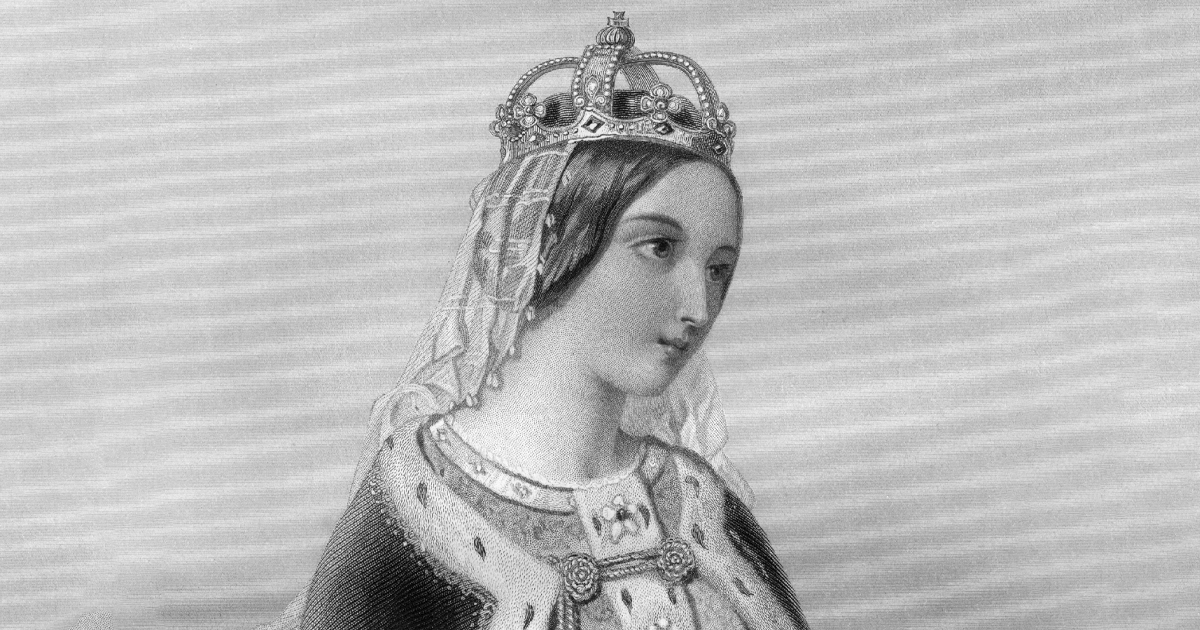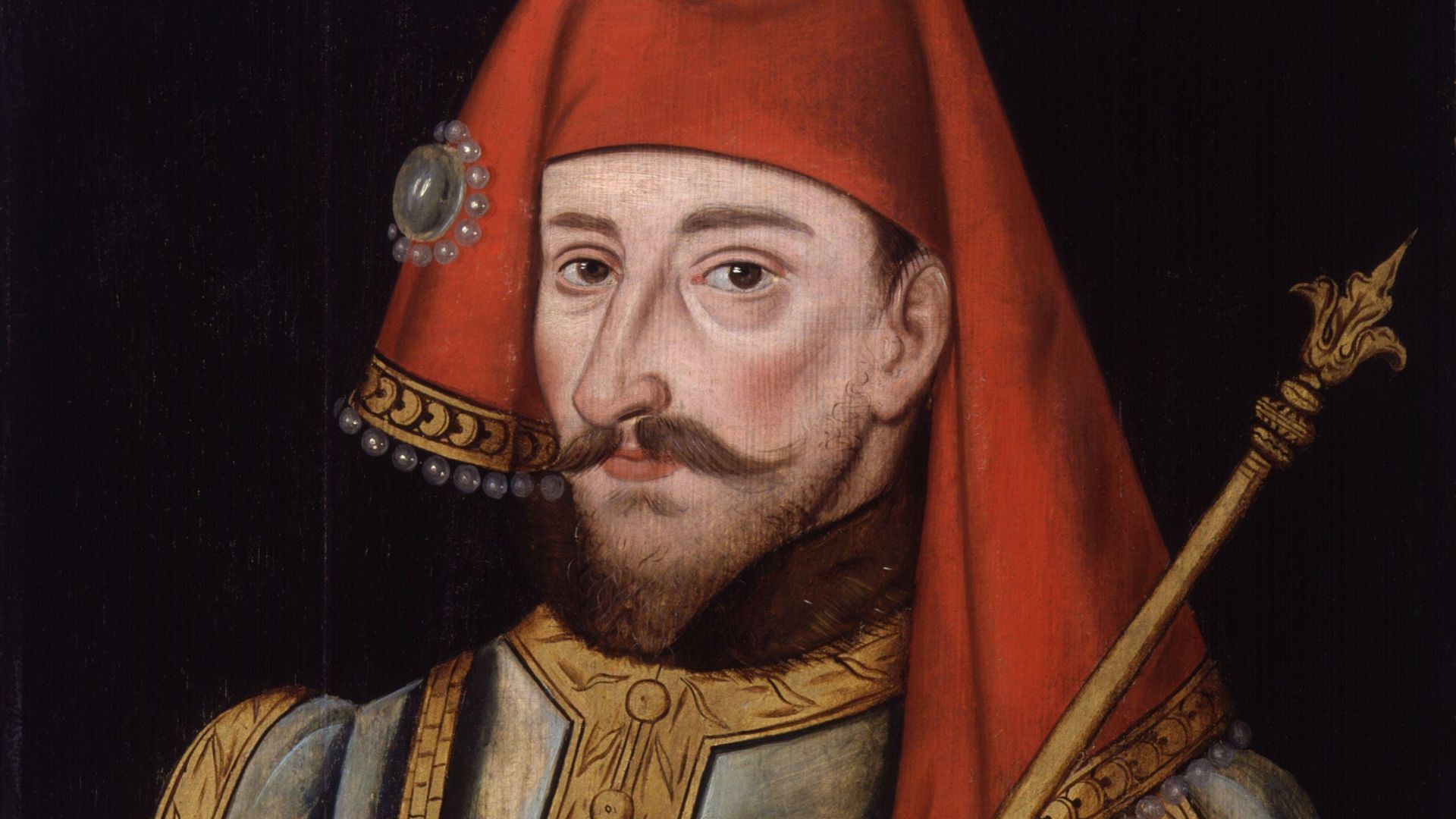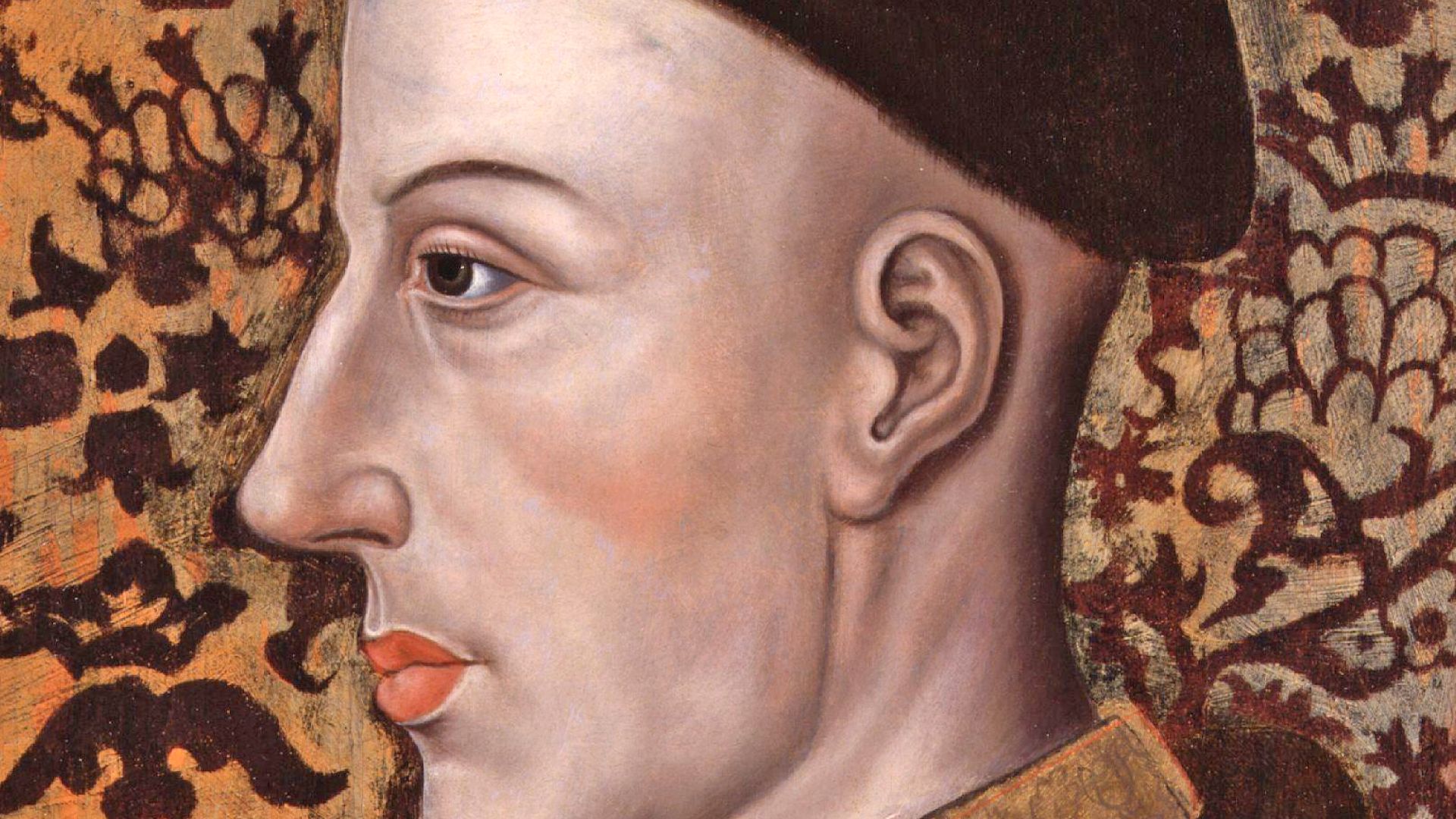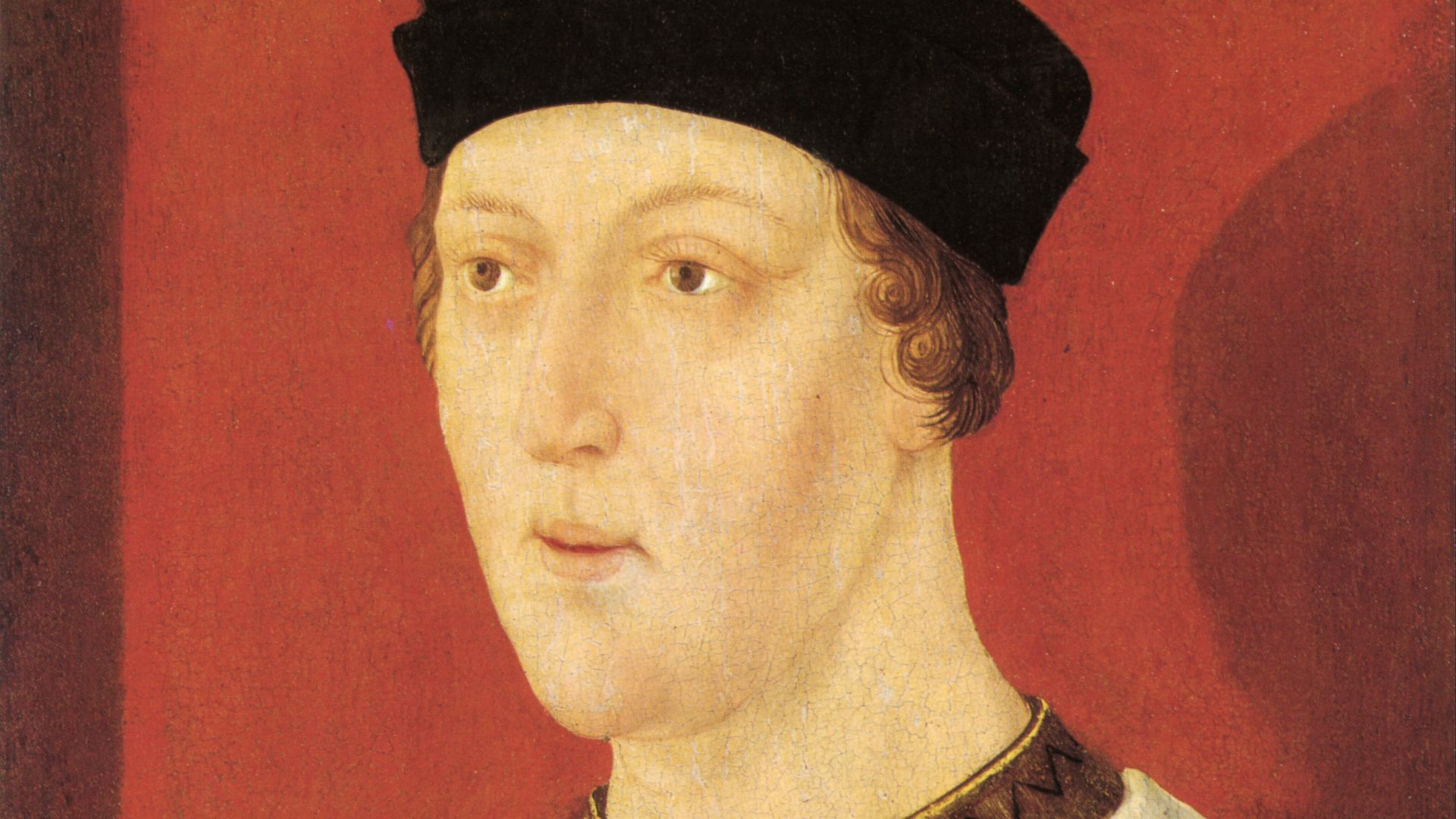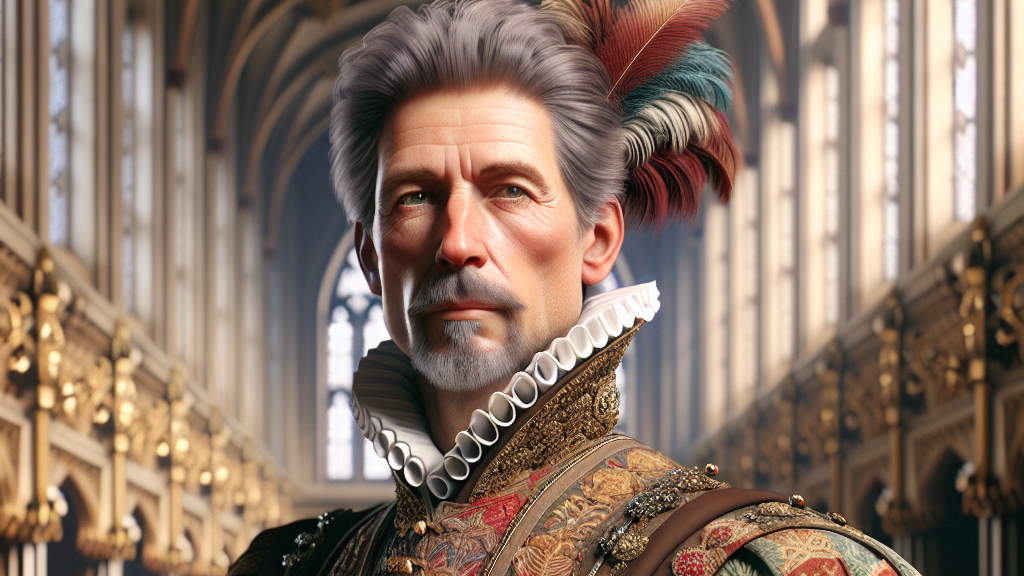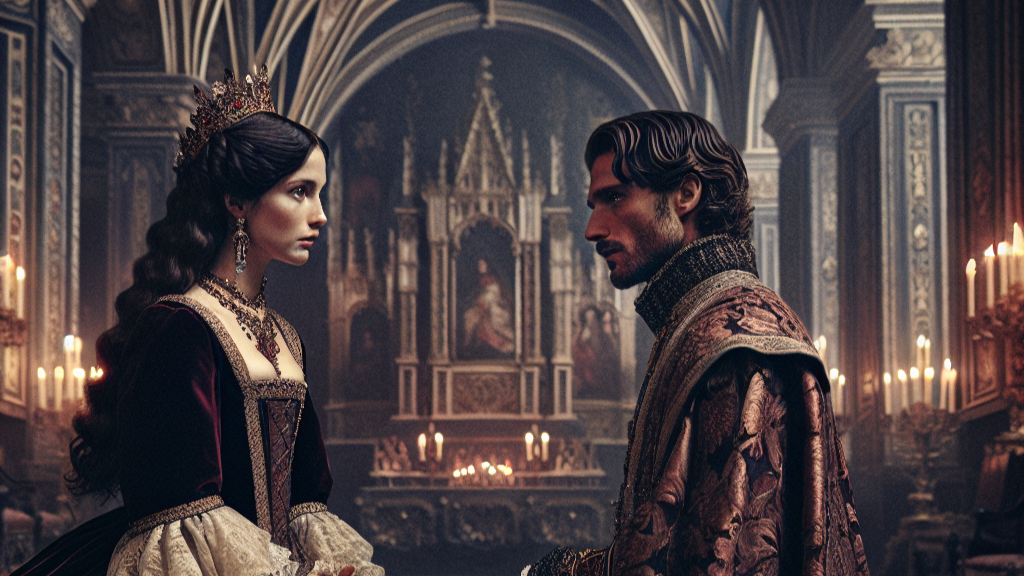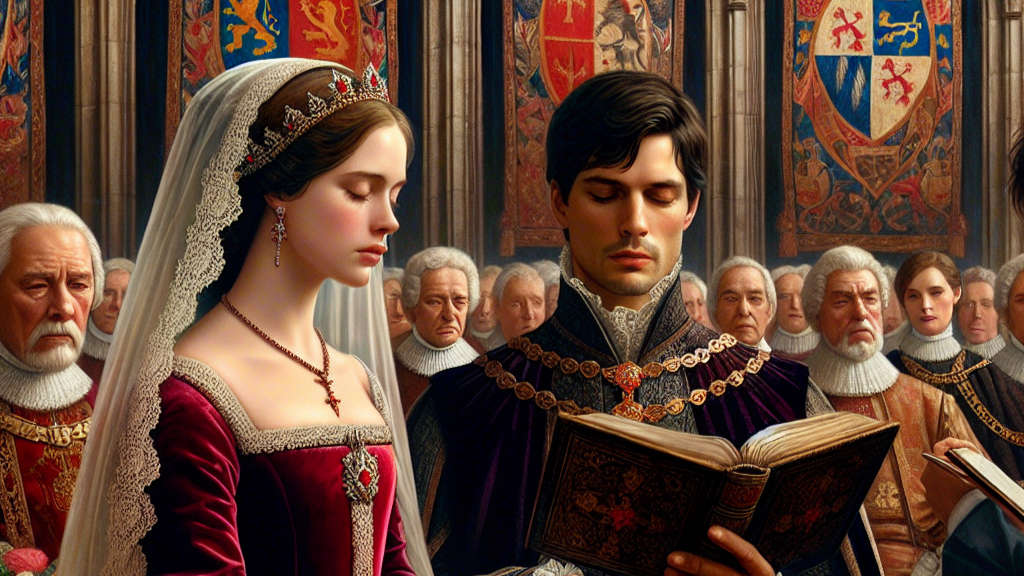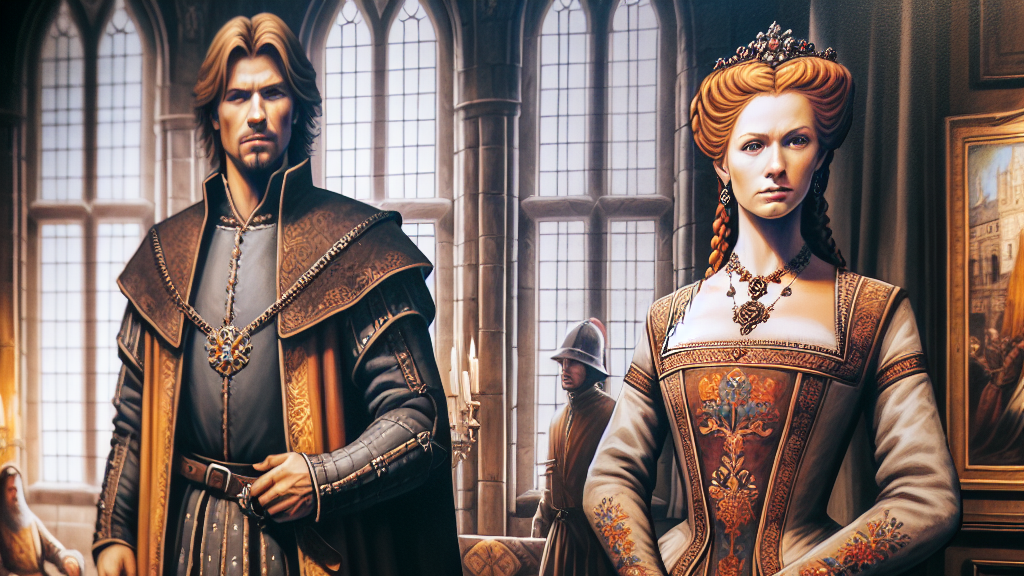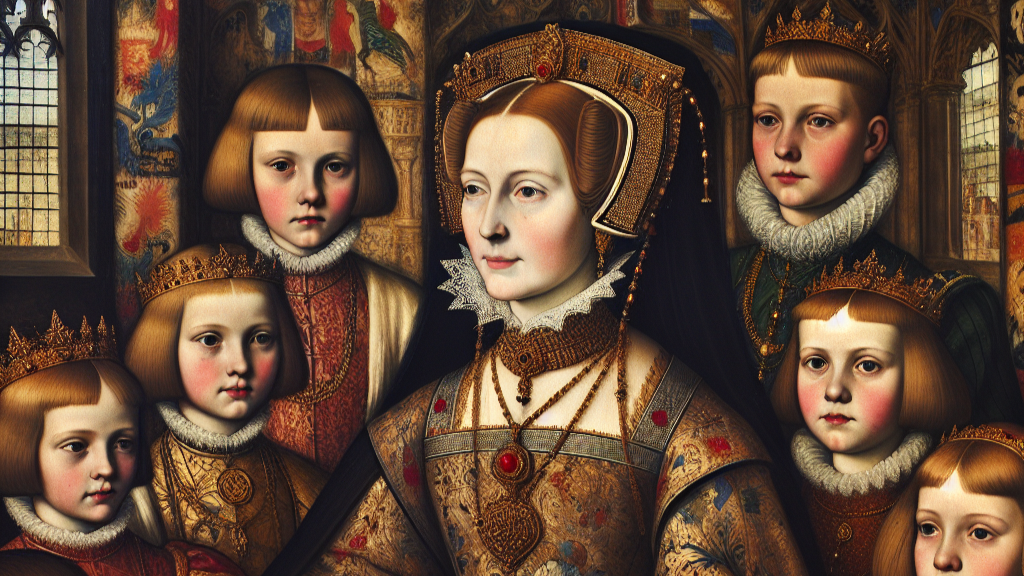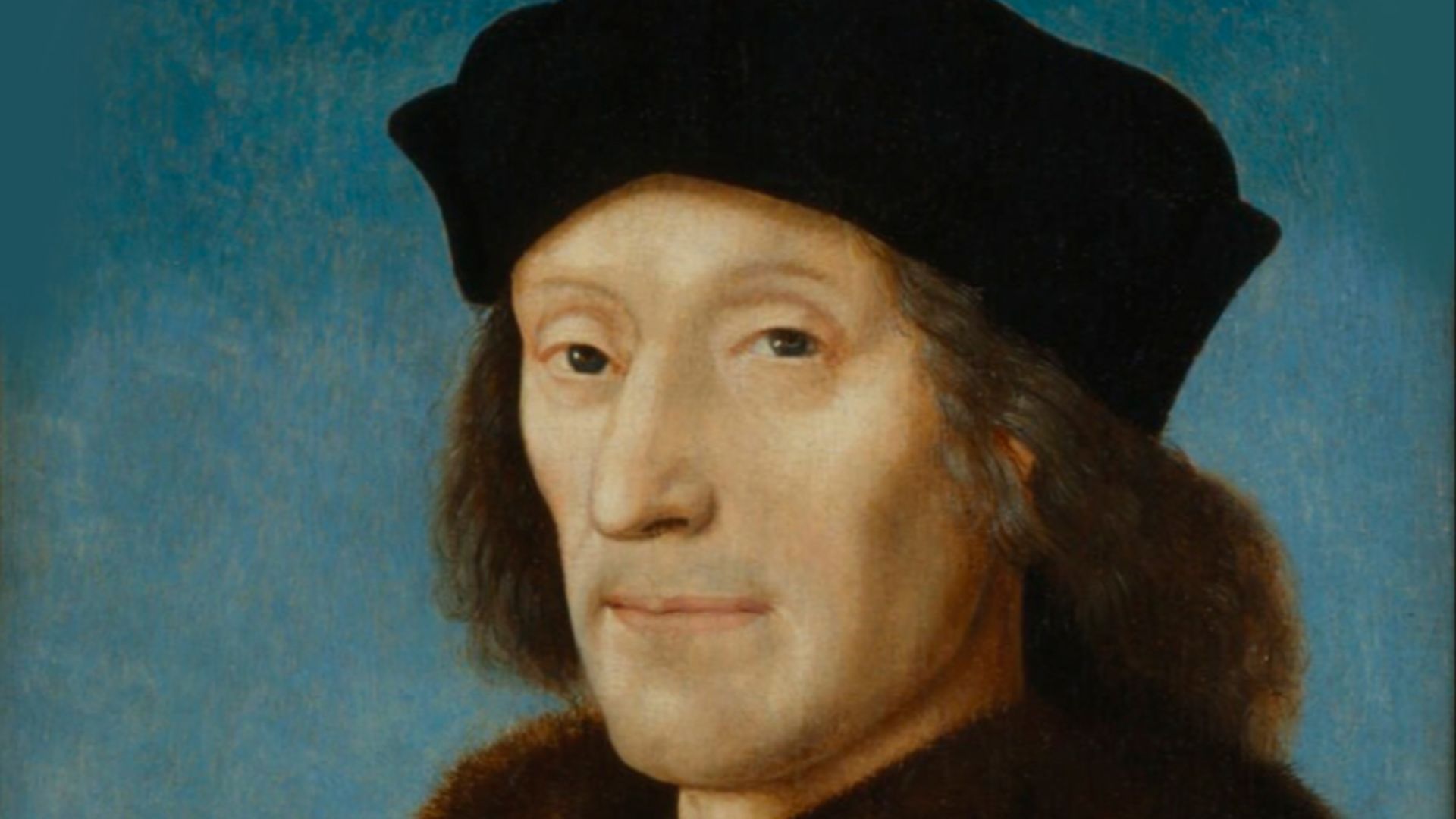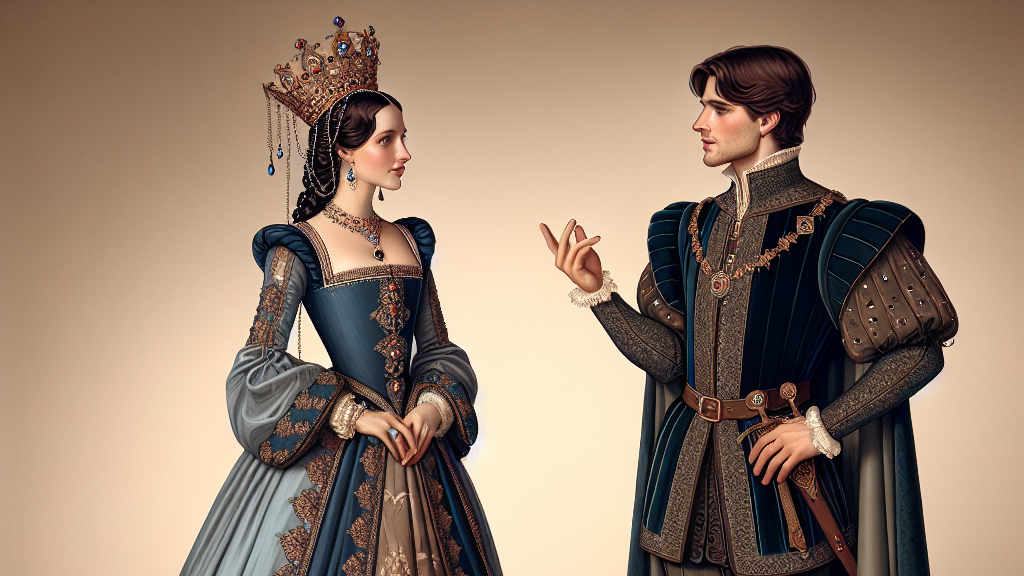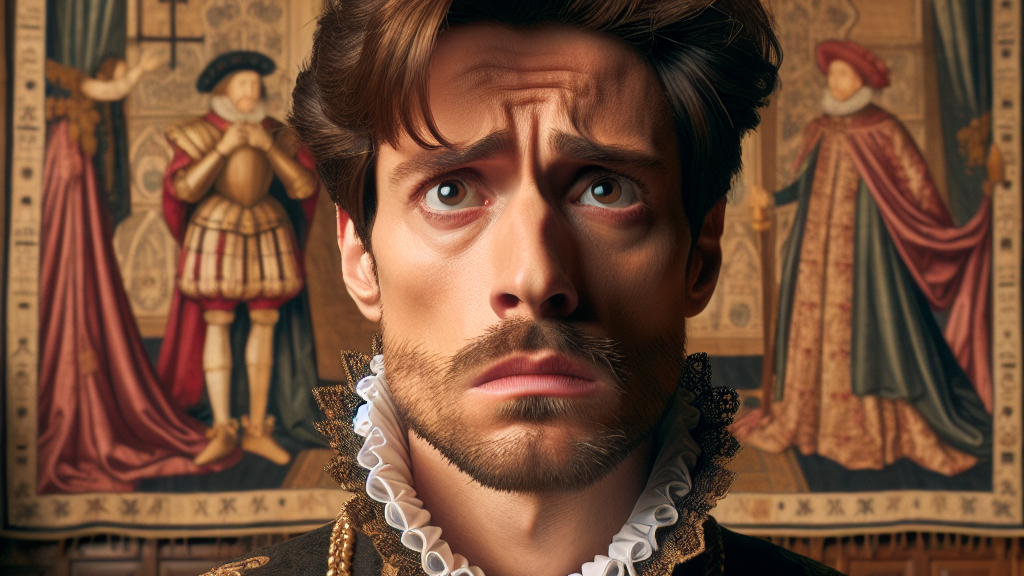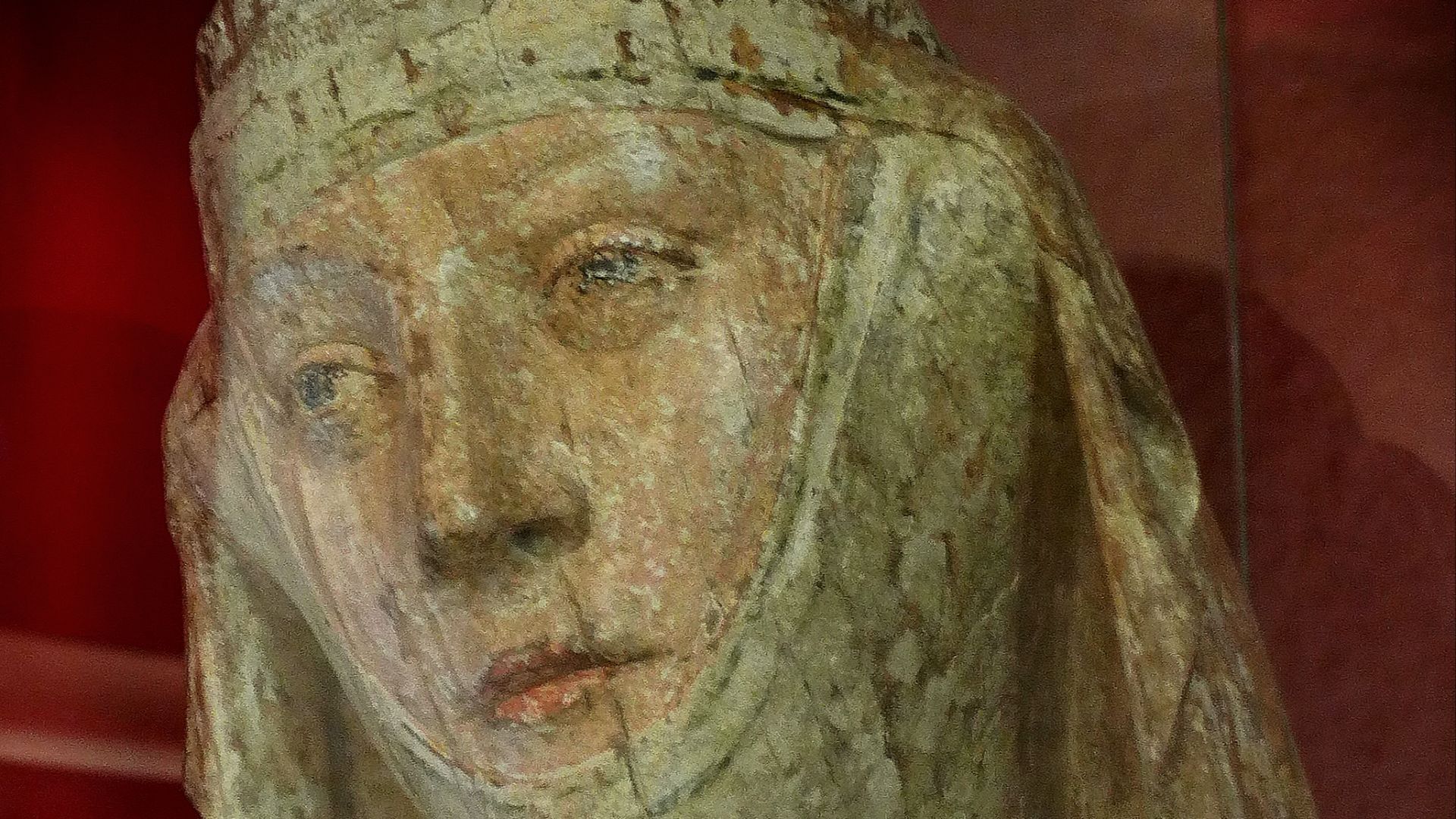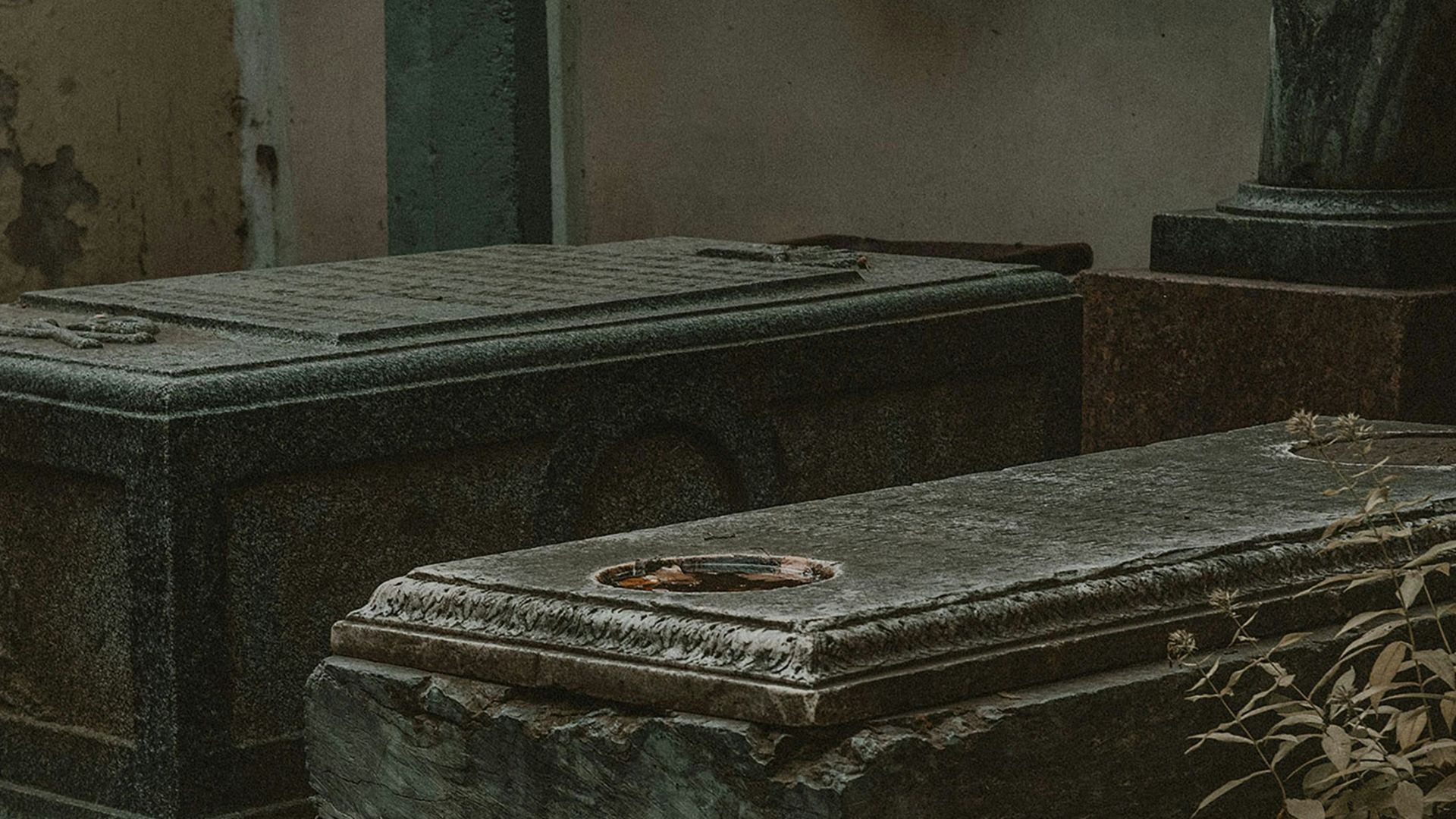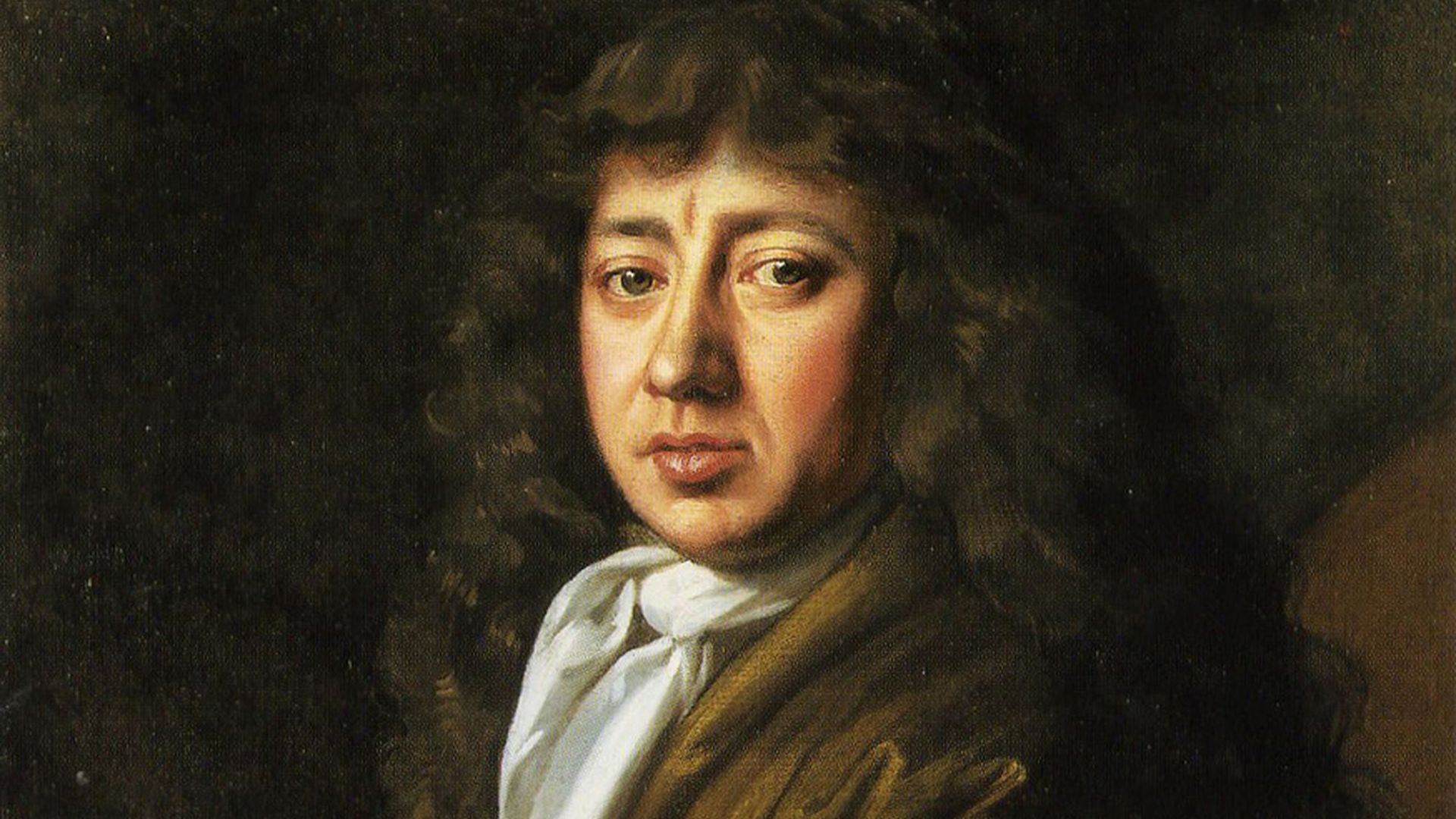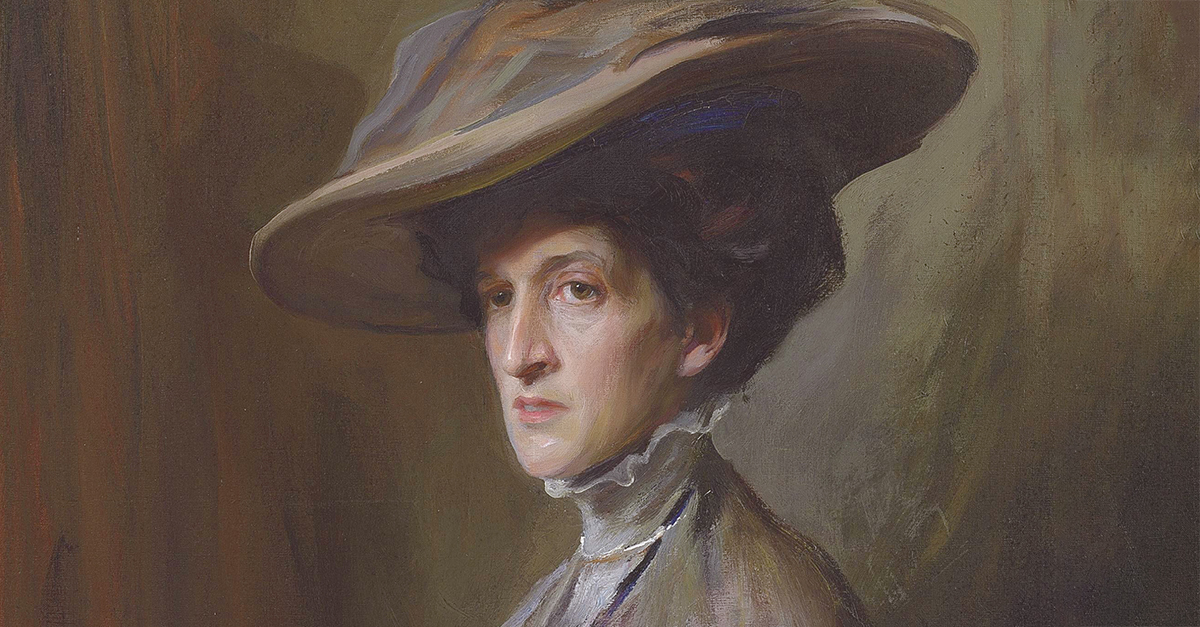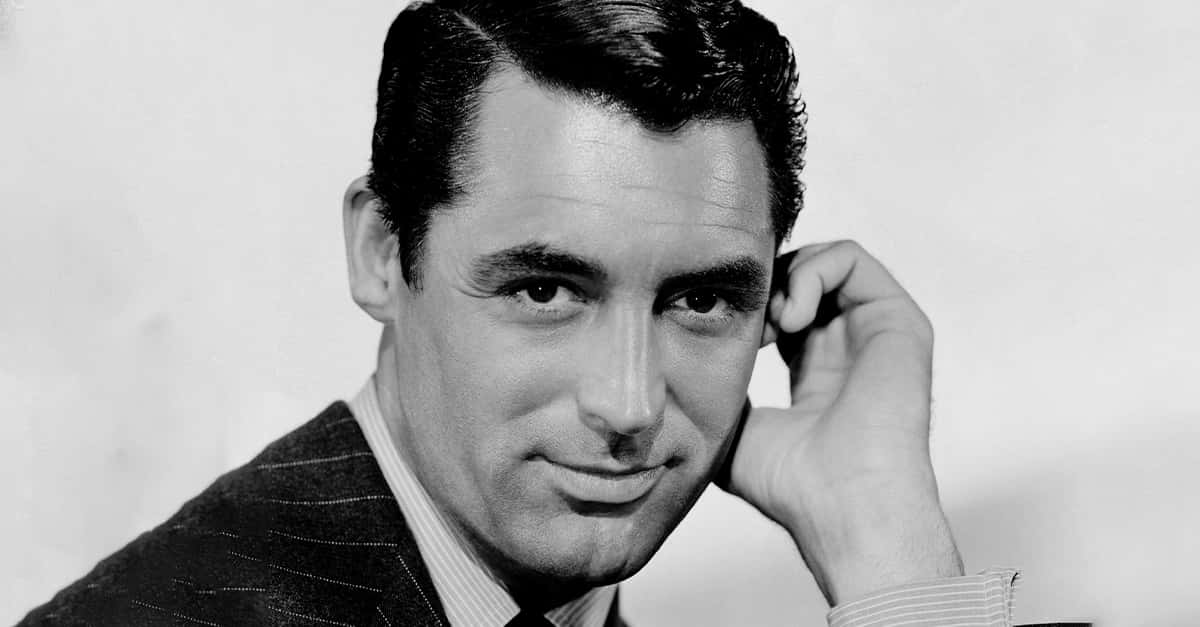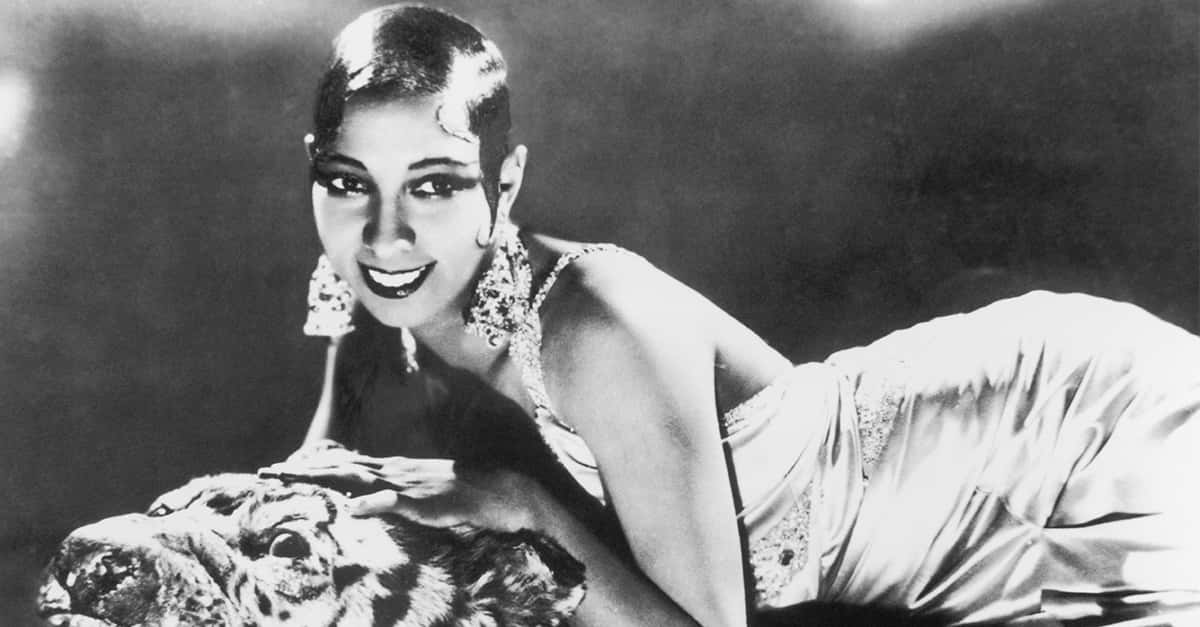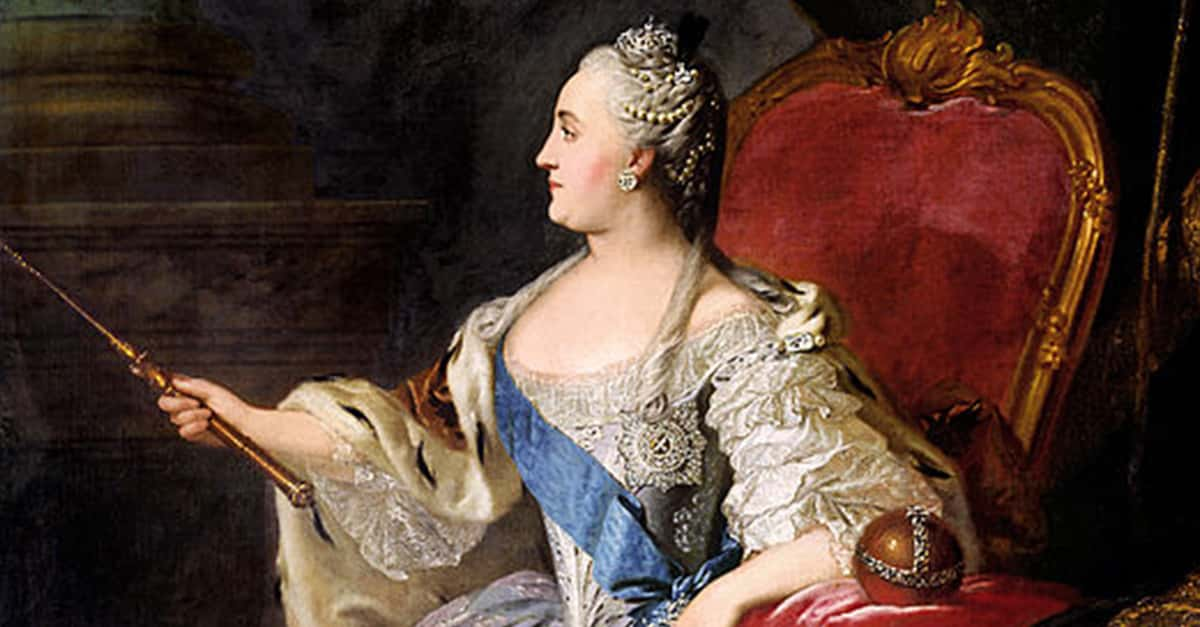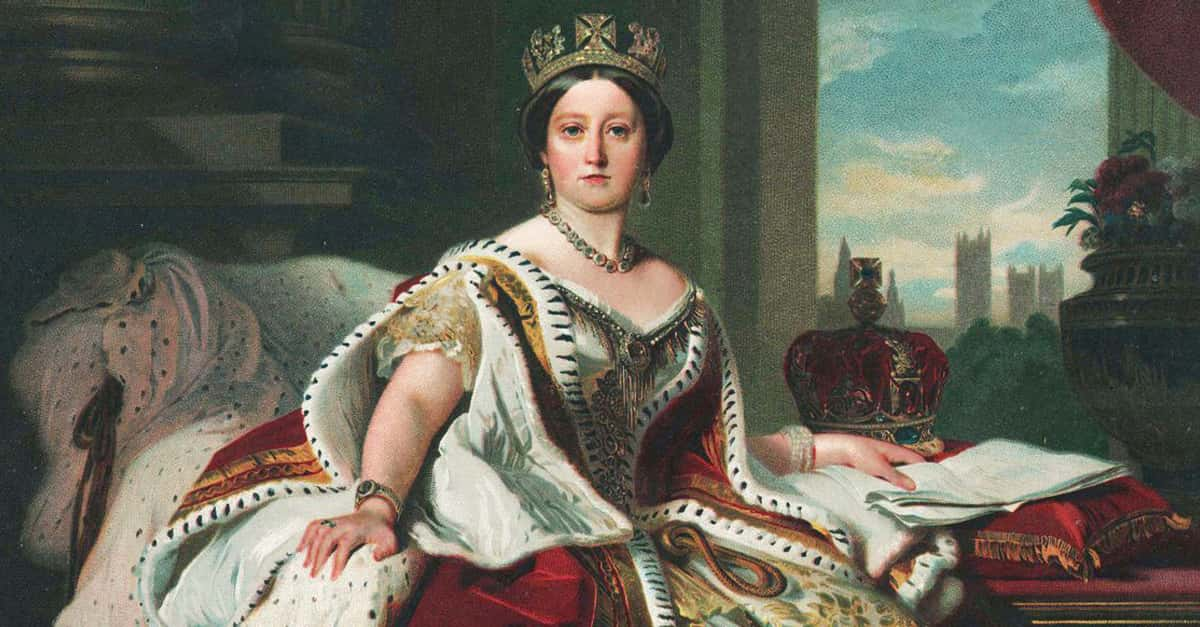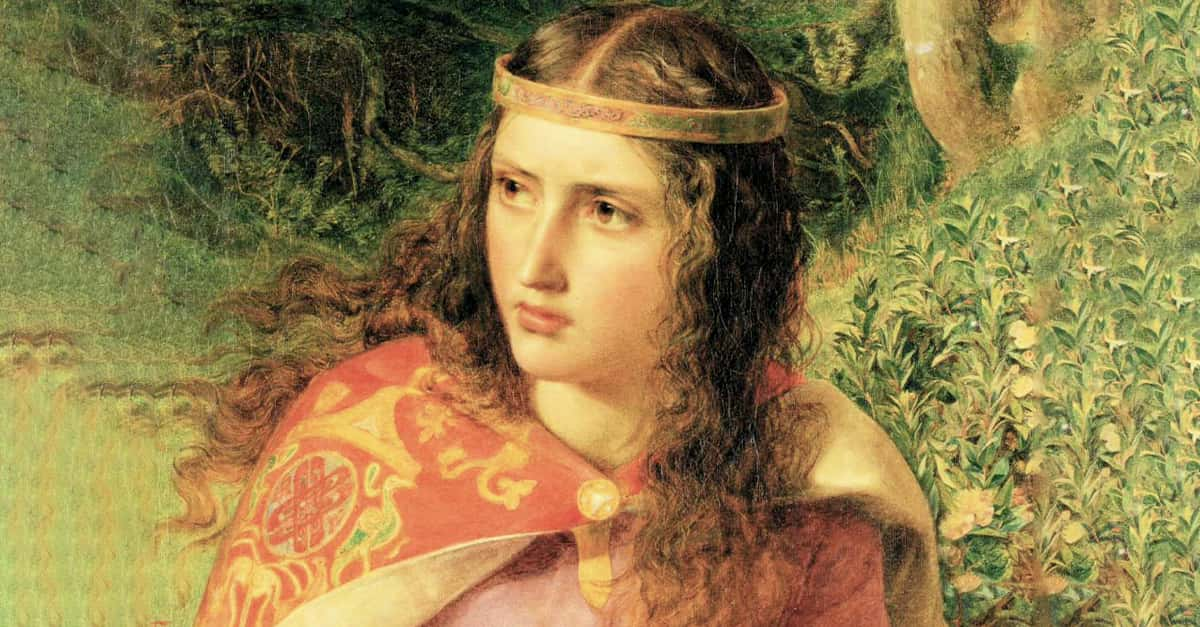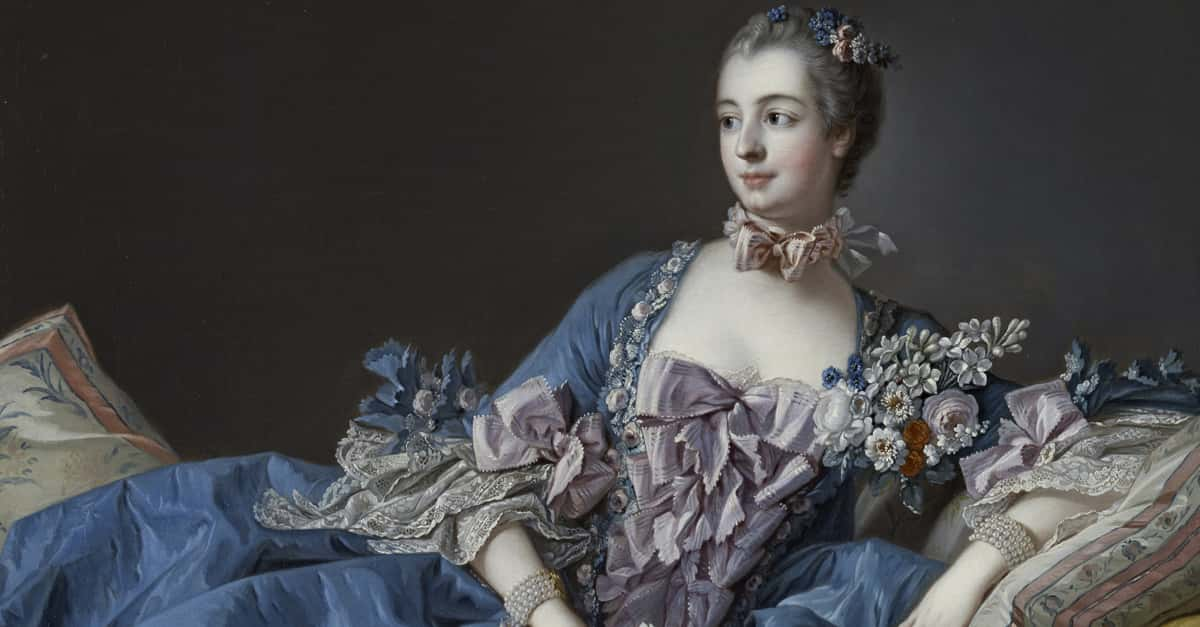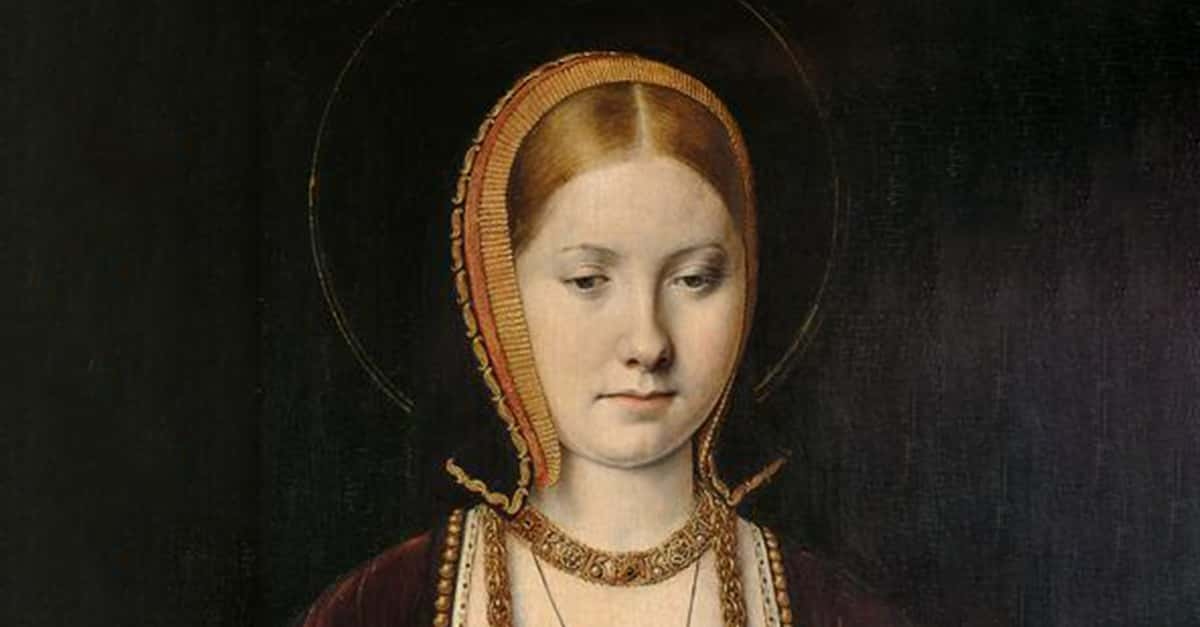The Mother Of Kings
Born to the French monarchy, destiny seemed set for the life of Catherine of Valois. Seeing the unfortunate fate of her elder sister, Catherine likely feared what her own fate might be. However, rather than bow down to that pressure, Catherine forged her own path—only to find herself forgotten and disrespected in the end.
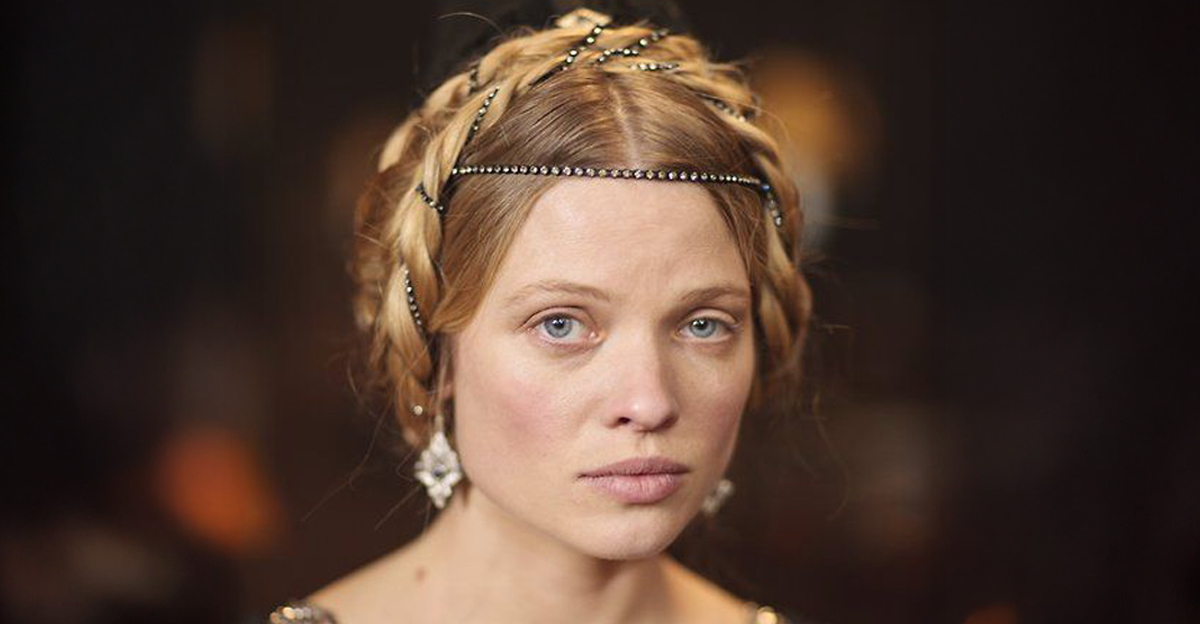 1. She Was Destined For Greatness
1. She Was Destined For Greatness
From the moment of her birth, Catherine of Valois became destined for something bigger than herself. The youngest daughter of King Charles VI of France and his wife, Isabeau of Bavaria, her birth opened up great opportunities for the country, which had long been in conflict. Their newborn daughter had little to say about it.
2. She Was Born During Conflict
Catherine came into the world on October 17th, 1401. At that point, conflict already raged between France and England for fifty long years. A dispute over the Duchy of Aquitaine in the early 1300s had led Edward III of England to claim the French throne.
Things only grew more complicated—and more disastrous—from there.
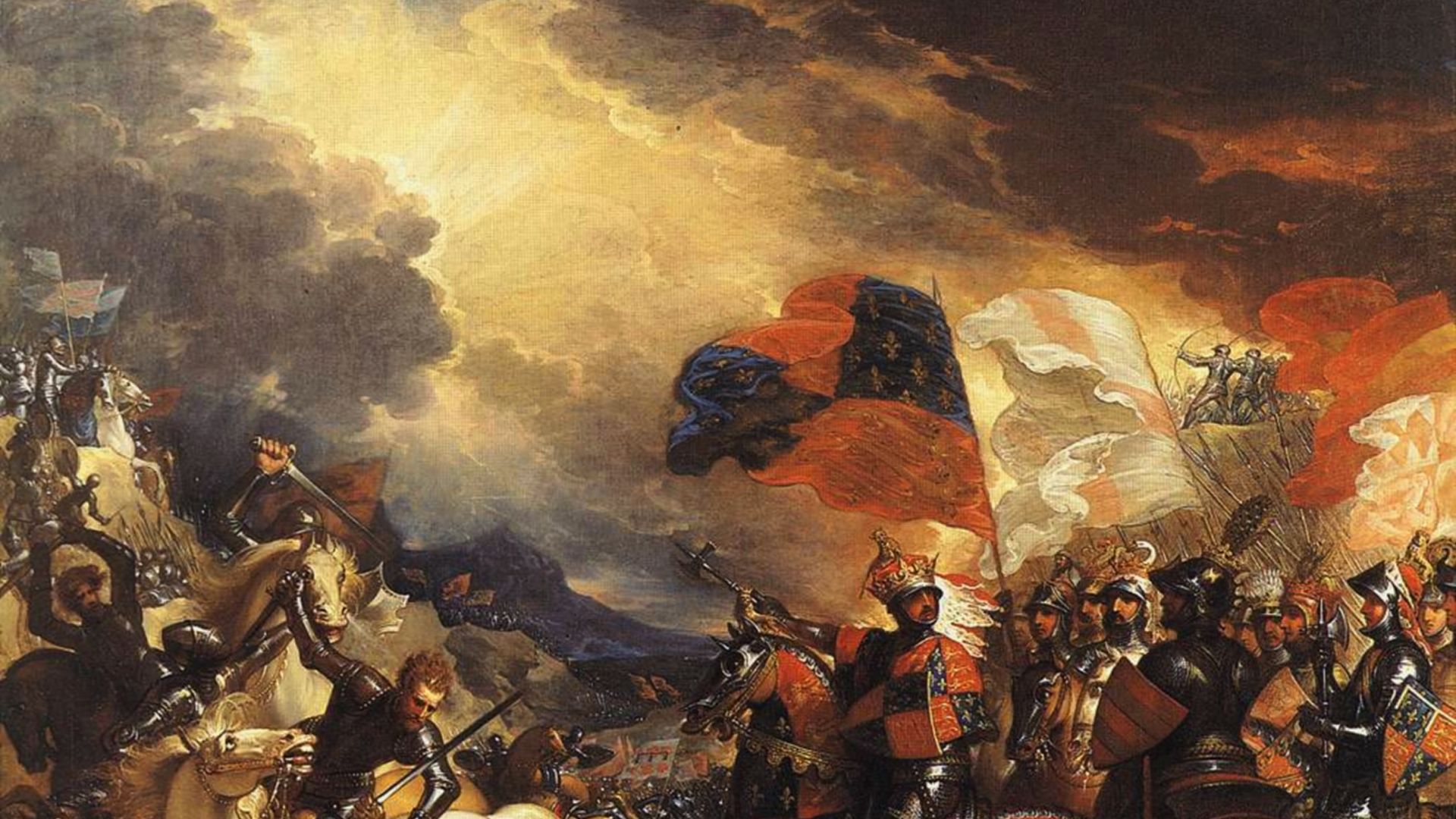 Benjamin West, Wikimedia Commons
Benjamin West, Wikimedia Commons
3. She Could Change Things
By the time of Catherine’s birth, Henry VI sat on the throne of England. Edward III passed into the afterlife nearly twenty-five years ago and his successor, Richard II, had gone too. Henry IV was the third king to sit on the throne yet this conflict raged on. France, at least, began to tire of wasting resources on an endless feud. Yet, they could not admit defeat—thankfully, they had daughters.
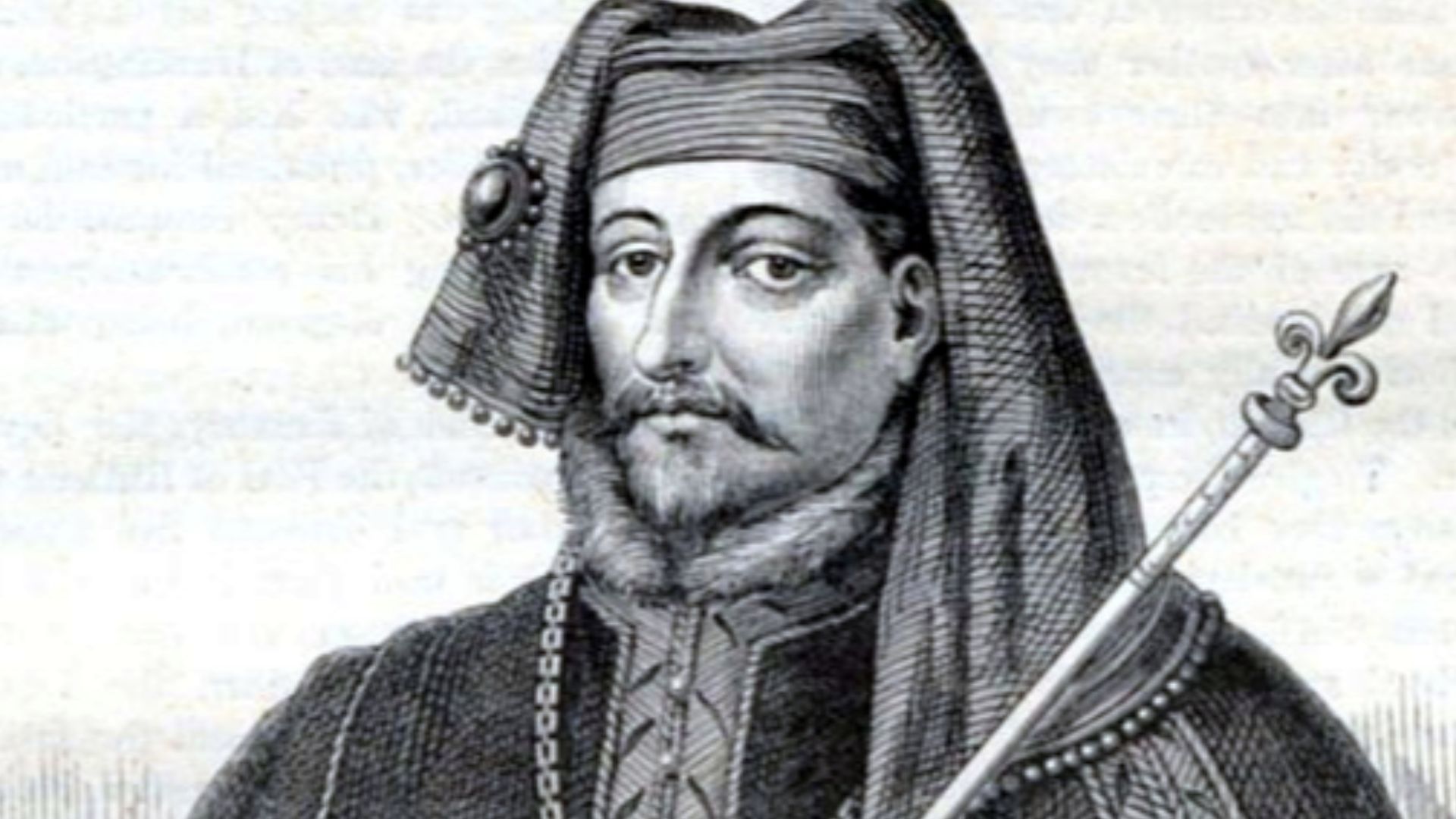 Willud Edier, Wikimedia Commons
Willud Edier, Wikimedia Commons
4. Her Fate Predated Her
Plans to bring about peace through a union with the English throne began before Catherine’s birth. Before they sold Catherine to the English monarchy, her parents tried the same trick with her elder sister. Isabella of Valois was not quite seven years old when she married 29-year-old Richard II.
One can only imagine what Catherine expected her fate to be with this as her example.
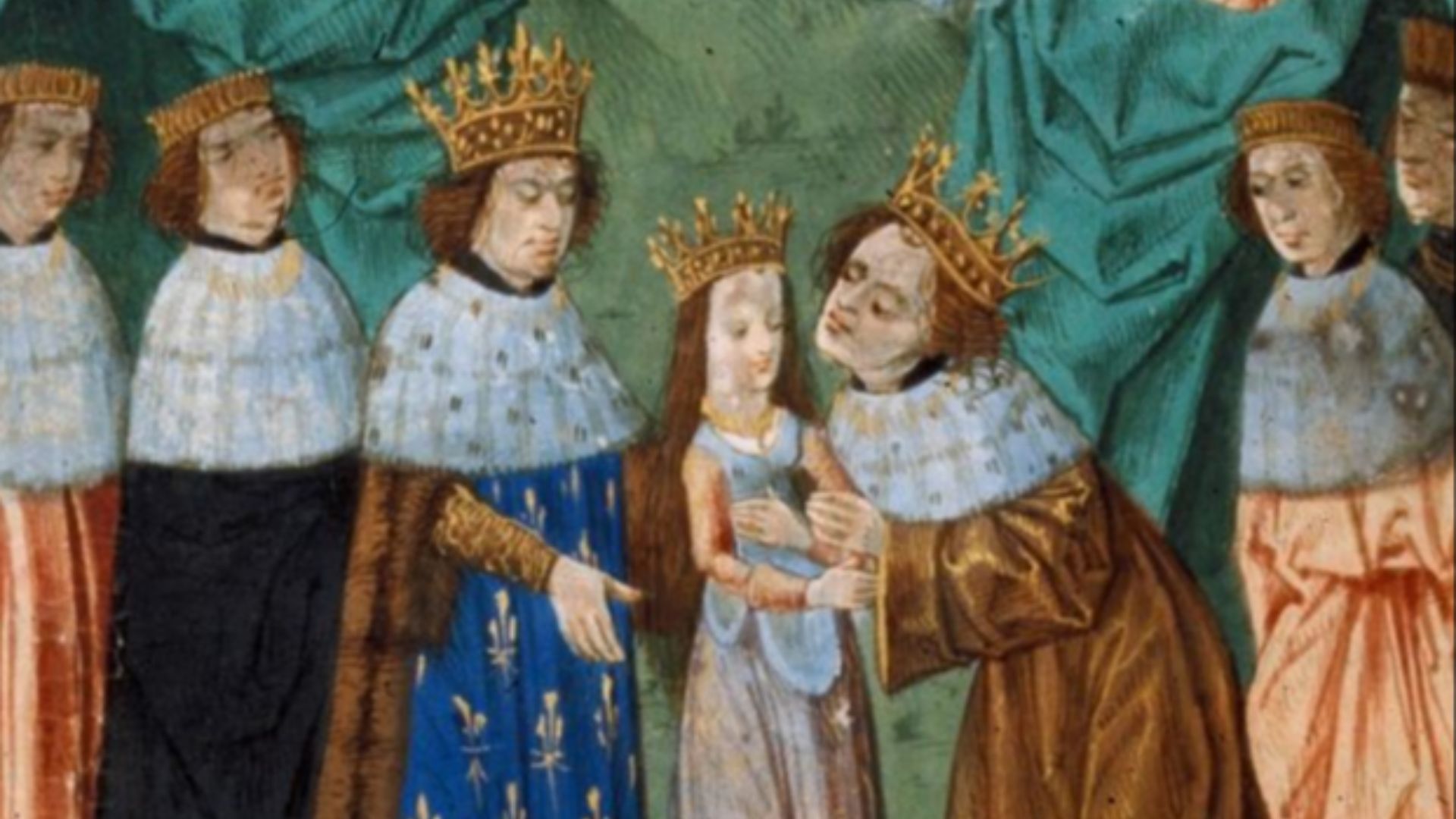 Jan de Vleve, Wikimedia Commons
Jan de Vleve, Wikimedia Commons
5. Her Parents Plotted
All of the King and Queen of France’s plotting came to nothing when power shifted in both France and England. Catherine’s father passed his power over to her mother and uncle. This move resulted in the return of Henry Bolingbroke to England which led to civil conflict. By 1399, Henry became king and Isabella became a disposed queen by the age of 10. Despite not yet being born, these actions arranged Catherine’s life for her already.
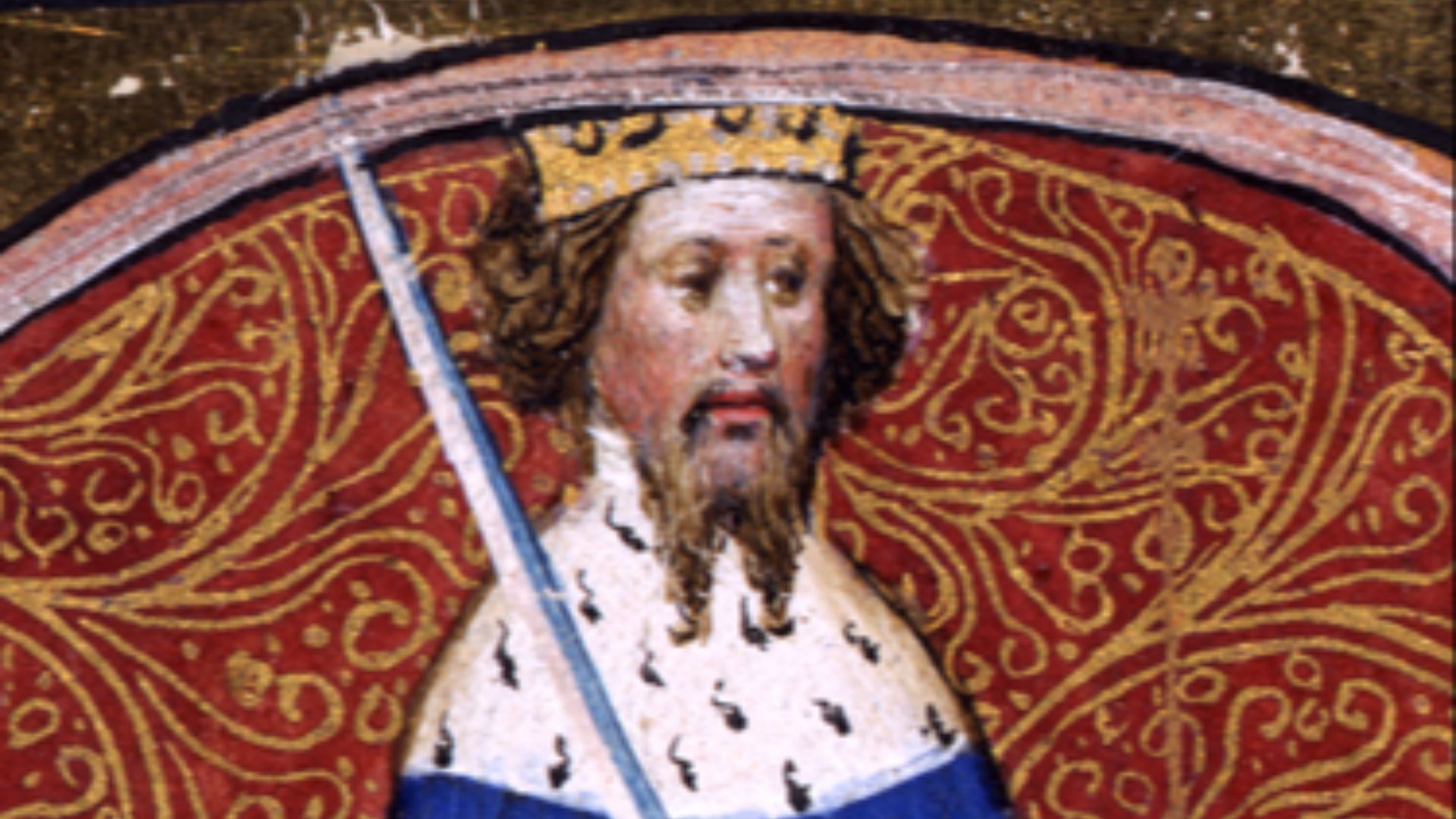 The National Archives UK, Wikimedia Commons
The National Archives UK, Wikimedia Commons
6. Her Sister’s Fate Mirrored Her Own
Even before Catherine’s parents dreamt of her destiny, they pulled the strings that would determine her fate. Henry IV did not need a wife. However, his son was another matter entirely. When Richard II mysteriously passed in 1400, Isabella became an 11-year-old widow and the perfect match for Henry’s 14-year-old son. Unfortunately for her sister, Isabella had other plans.
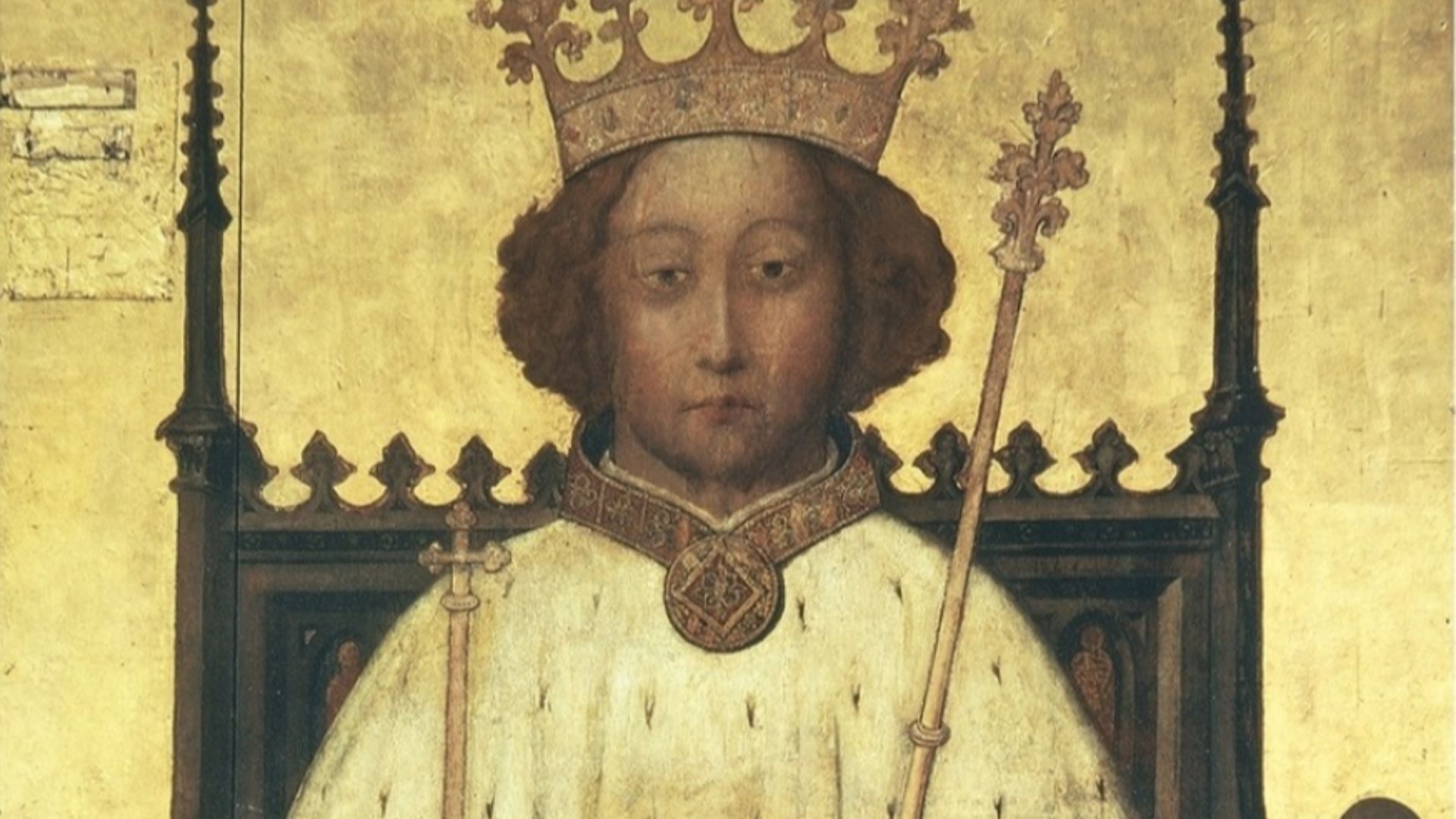 anonymous / Possibly André Beauneveu, Wikimedia Commons
anonymous / Possibly André Beauneveu, Wikimedia Commons
7. Her Sister Could Have Saved Her
Catherine’s life could have been much different if her sister made other choices. However, when Henry demanded that Isabella marry his son she refused. Instead, he returned Isabella to France (without her dowry) and began negotiating with the Slavic Pomerania instead. By this time, a pregnant Isabeau likely already had her eyes on the prize should she birth another daughter.
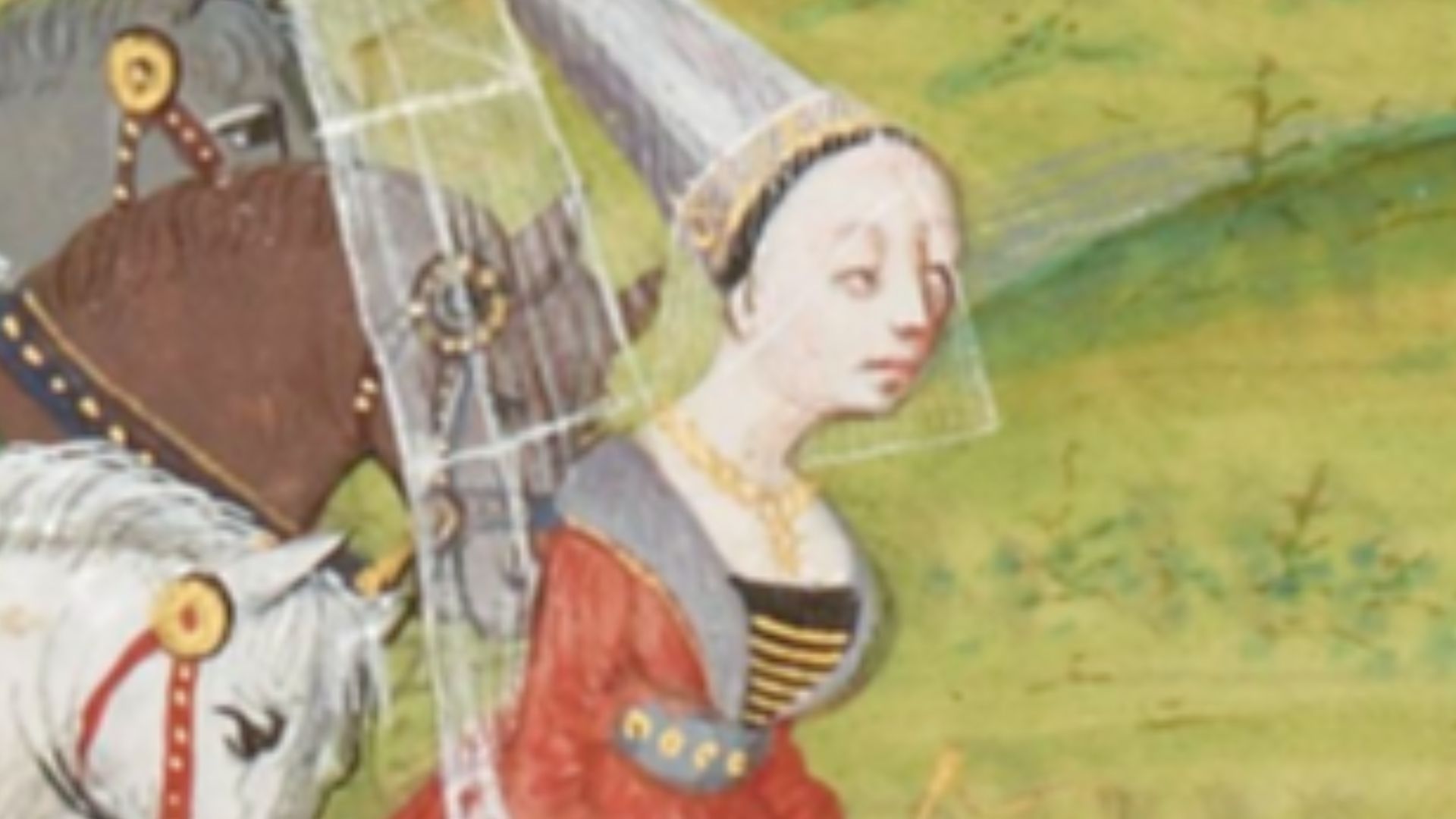 Jean Froissart, Wikimedia Commons
Jean Froissart, Wikimedia Commons
8. Her Life Was Arranged
By the time that Isabeau birthed Catherine, she’d arranged her daughter’s entire life for her. Isabella may have refused the English king, but newborn Catherine had no say in the matter. Negotiations between the family and Henry IV to marry Catherine to his son began almost from the moment of her birth. Fortunately (or unfortunately) fate intervened before the families closed the deal.
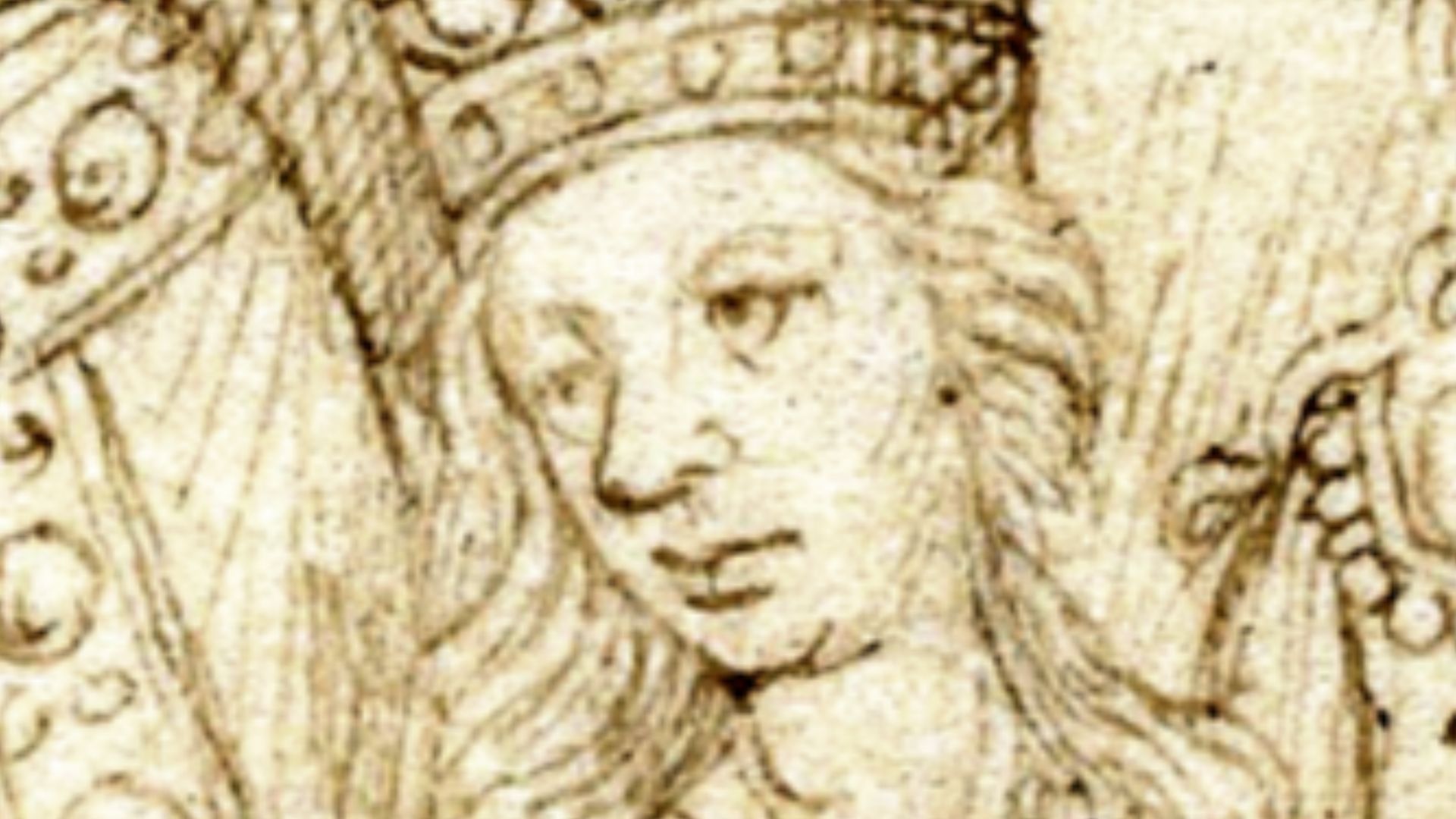 Caxton Master, Wikimedia Commons
Caxton Master, Wikimedia Commons
9. Her Destiny Was Delayed
Catherine may have suffered the same fate as her sister, sold off as a child bride to a man several years her senior, if it were not for a major delay in the marriage negations. Henry IV became seriously ill by Catherine’s fourth birthday. Illness blighted his last years of life and negotiations on his son’s marriage ended with his passing in March 1413. For Catherine, this loss was merely a delay in the inevitable.

History's most fascinating stories and darkest secrets, delivered to your inbox daily.
10. She Faced Stipulations
By the time Henry V came to the throne, the conflict in France had come close to earning its “Hundred Years’” name. He surely desired the prospect of peace as much as those in France did. Once securely on the throne, he reopened the discussion of marriage with Catherine—however, he had stipulations.
 Unknown authorUnknown author, Wikimedia Commons
Unknown authorUnknown author, Wikimedia Commons
11. Her Future Spouse Needed More
At this point in the discussion, the idea of Catherine herself was not enough for Henry anymore. He may consent to the match but he wanted a few things in return: namely a large dowry and for the crown to acknowledge that Henry had a right to the throne of France. After all, that is what they’d been fighting over for nearly a hundred years. However, the French court hesitated and Henry wasn’t above taking what he wanted if they wouldn’t give it to him.
12. Her Husband Attacked Her Country
Despite the marriage hanging over her head since nearly the day she was born, Catherine remained single for much of her early life. Unable to secure the demands that he wanted, Henry instead took to sieging France instead. This blatant attack on their country should have soured the wedding talks—but Catherine wasn’t that lucky.
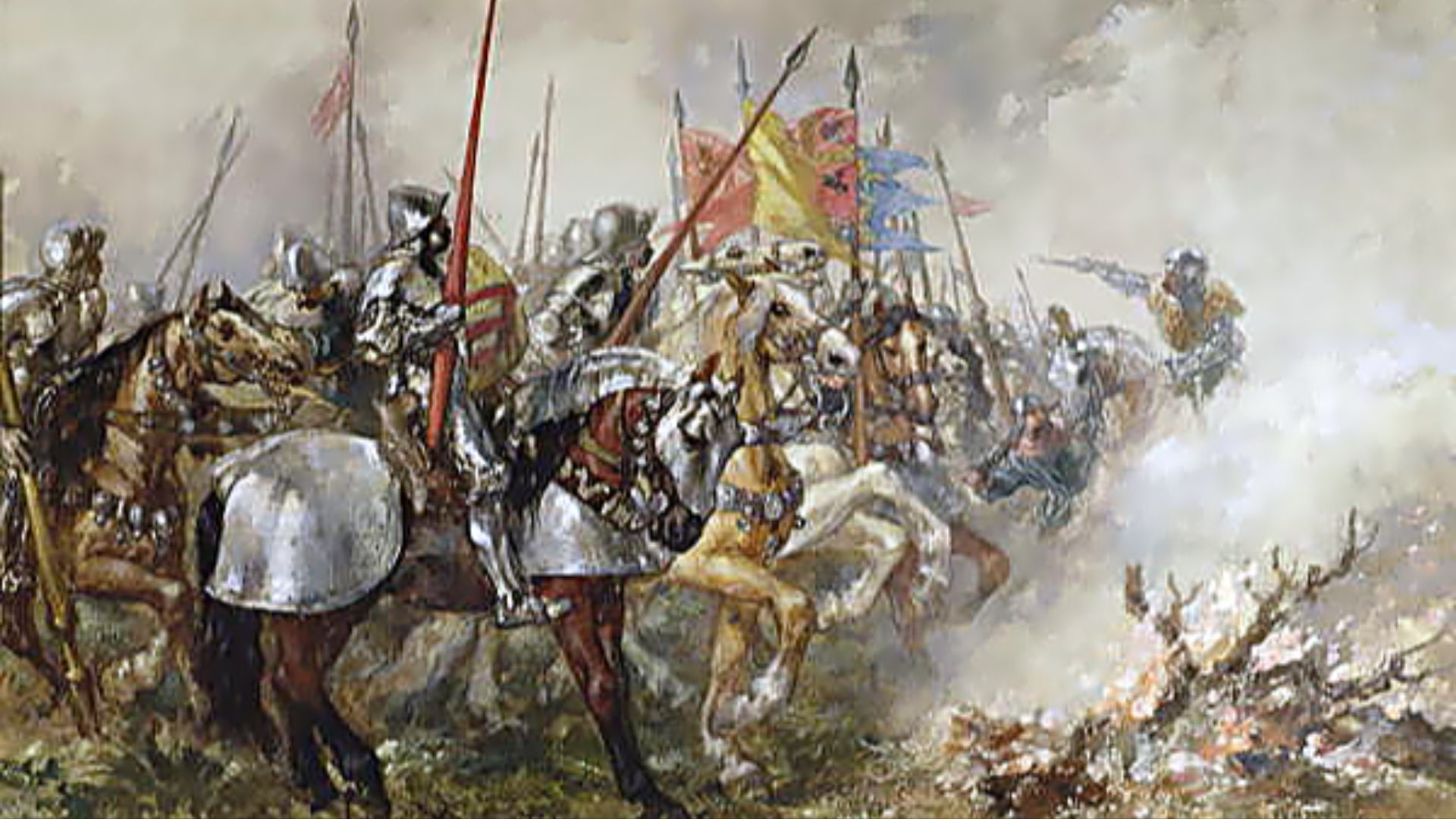 John Gilbert (1817–97), Wikimedia Commons
John Gilbert (1817–97), Wikimedia Commons
13. She Was Beautiful
Henry V had one of the most successful battles during the Hundred Year War. Yet, despite the clear defeat of France at the famed battle of Agincourt, Henry continued to plan for marriage with Catherine. By this point, Catherine was a teenager and reported to be very attractive. Henry initially wanted Catherine for what she represented—success over France. However, all it took was one meeting for all of that to change.
14. Her Beauty Wasn’t Enough
Catherine’s beauty caught Henry’s eye the moment that he finally laid eyes on her. He was enamored. However, as King, he still had the matter of the conflict between the two countries to contend with. They were still members of two rival families. As pretty and desirable as Catherine was, Henry would not cease his invasion without receiving what he truly wanted: success over France.
15. Her Family Bargained With Her
Catherine never had the chance to escape her fate; from the moment that she was born the universe tied her destiny to Henry’s. The conflict and negotiations around the wedding merely delayed the inevitable. Finally, in May 1420 France signed the Treaty of Troyes; Catherine’s father acknowledged Henry and any of his descendants as his heir to the French throne. In the end, it only cost them Catherine.
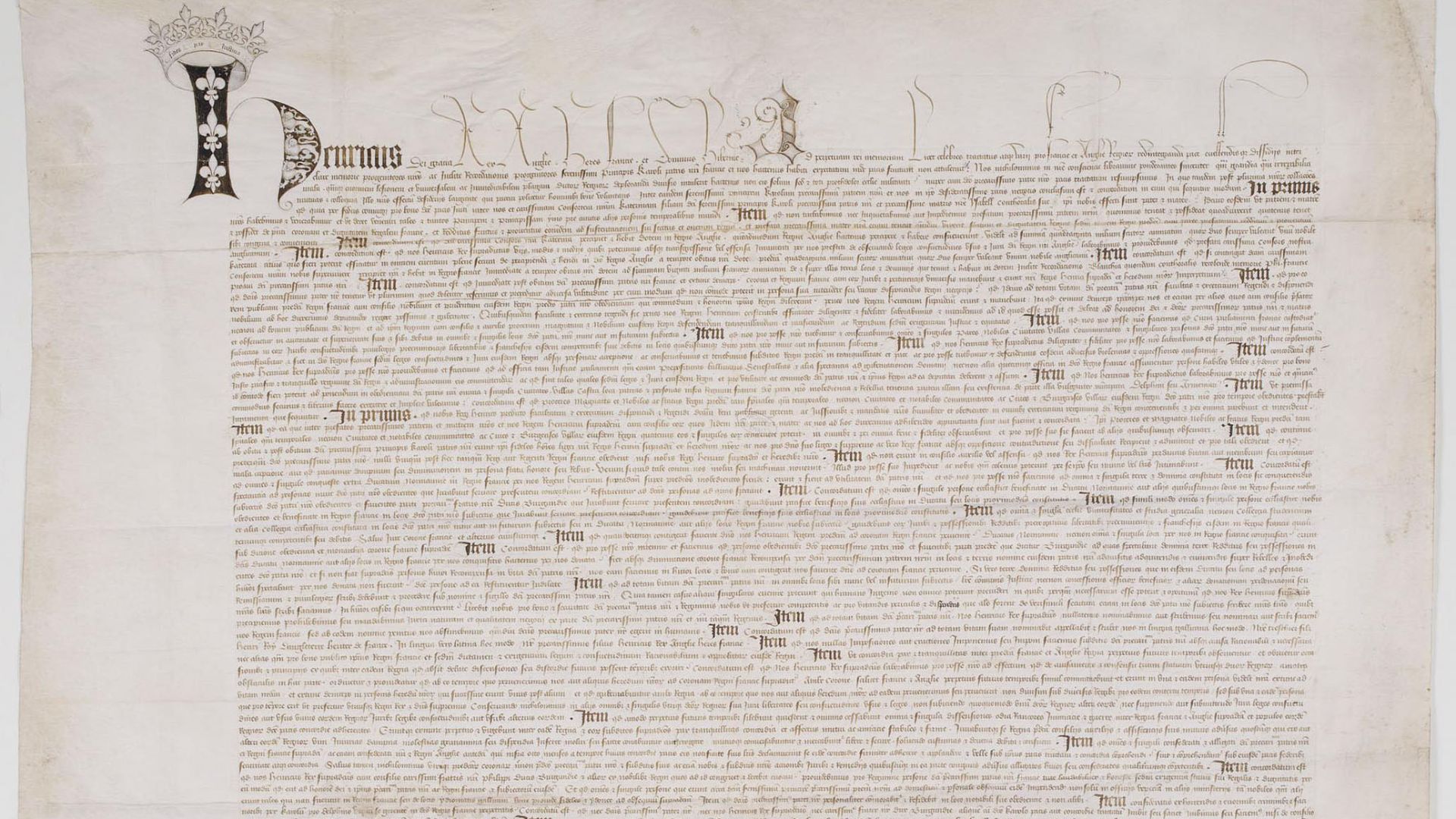 ArchivesNationalesBot, Wikimedia Commons
ArchivesNationalesBot, Wikimedia Commons
16. She Delayed The Inevitable
Things moved rapidly once they signed the peace agreement. After years of “will they-won’t they” (the medieval Ross and Rachel if you will), Catherine married Henry on June 2nd, 1420 likely at the Troyes Cathedral. The years of delay allowed Catherine to reach her 19th year before marrying; Henry was 34. Considering the alternative, things could have been much worse. However, her marriage did not live up to fairytales.
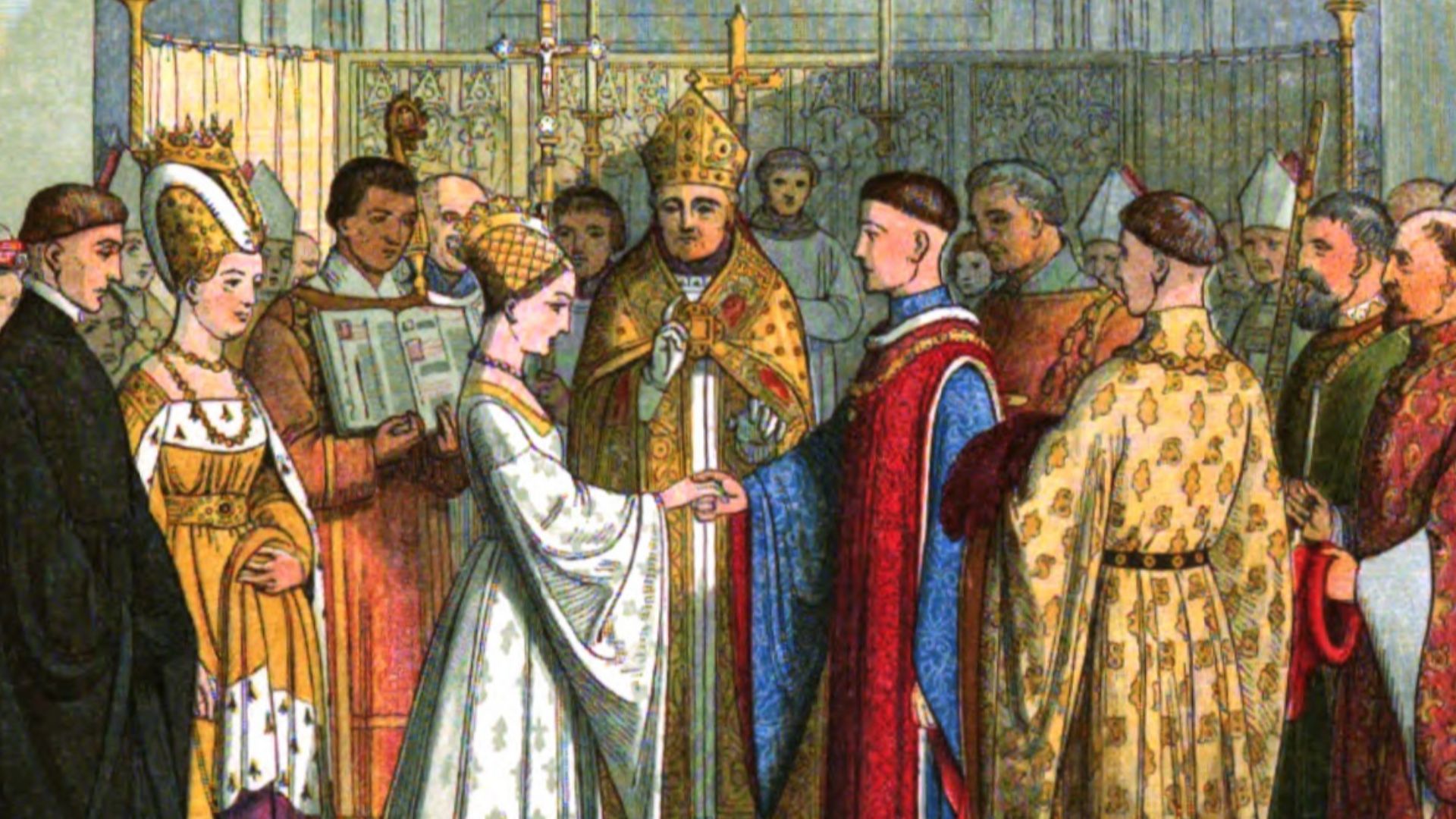 James William Edmund Doyle / Edmund Evans, Wikimedia Commons
James William Edmund Doyle / Edmund Evans, Wikimedia Commons
17. She Left France
Catherine returned to England with Henry, touring the countryside before being crowned queen in Westminster Abbey in February 1421. However, their great union may have given Henry the French crown but it did not usher in a period of peace between the two nations. Their marriage marked a renewed era of fighting in the Hundred Years’ War. Catherine couldn’t keep Henry to herself but her life may have been much different if she had.
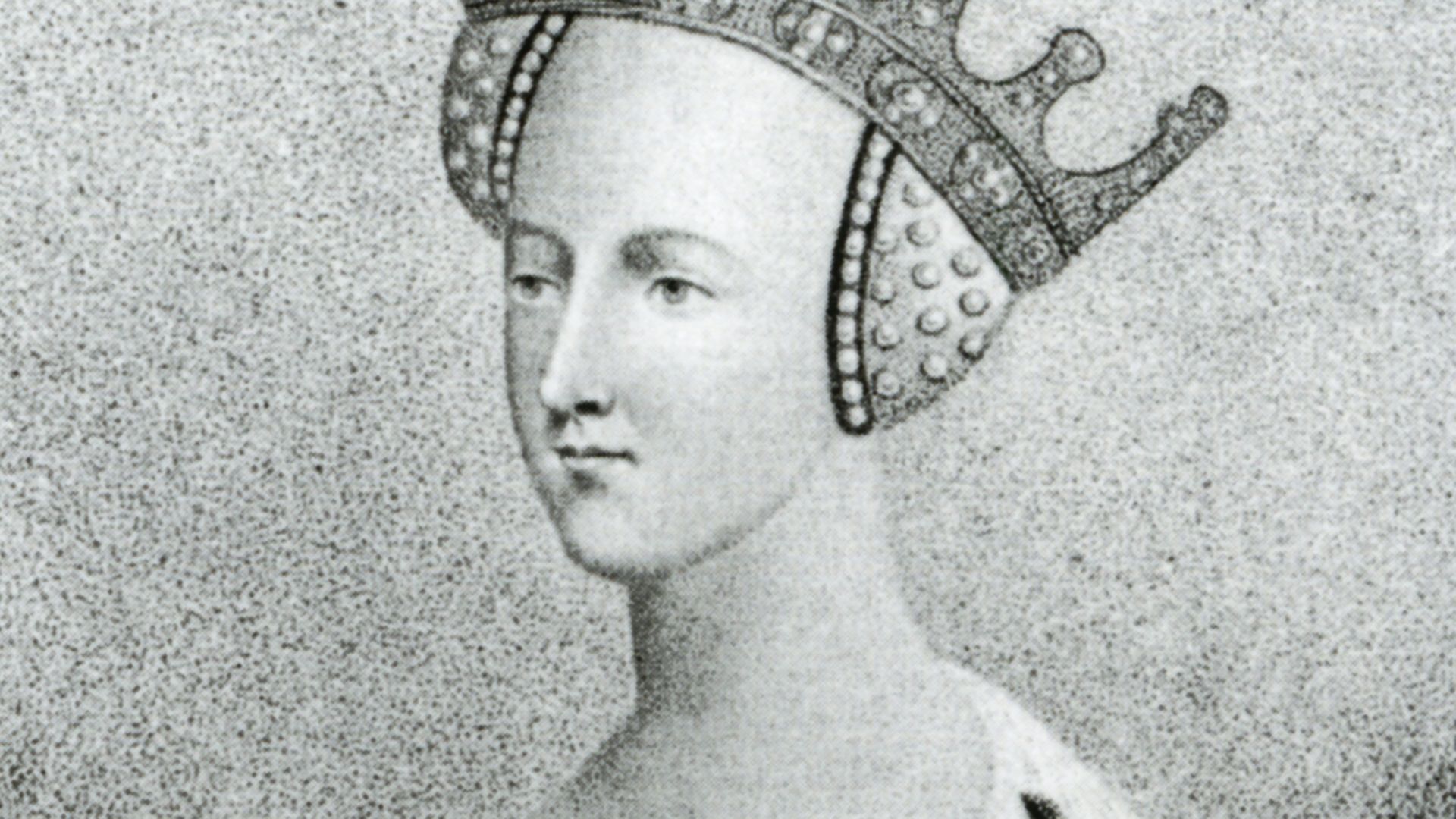 Unknown authorUnknown author / Silvester Harding, published by E. & S. Harding, Wikimedia Commons
Unknown authorUnknown author / Silvester Harding, published by E. & S. Harding, Wikimedia Commons
18. Her Husband Returned To France
Fighting continued in France even as the young couple celebrated their fresh union. Despite being several months pregnant, Henry left Catherine behind in June 1421, returning to his military campaigns in France. Pregnant and alone in a foreign country, enemy country by some standings, Catherine faced her future alone; Henry never returned from France.
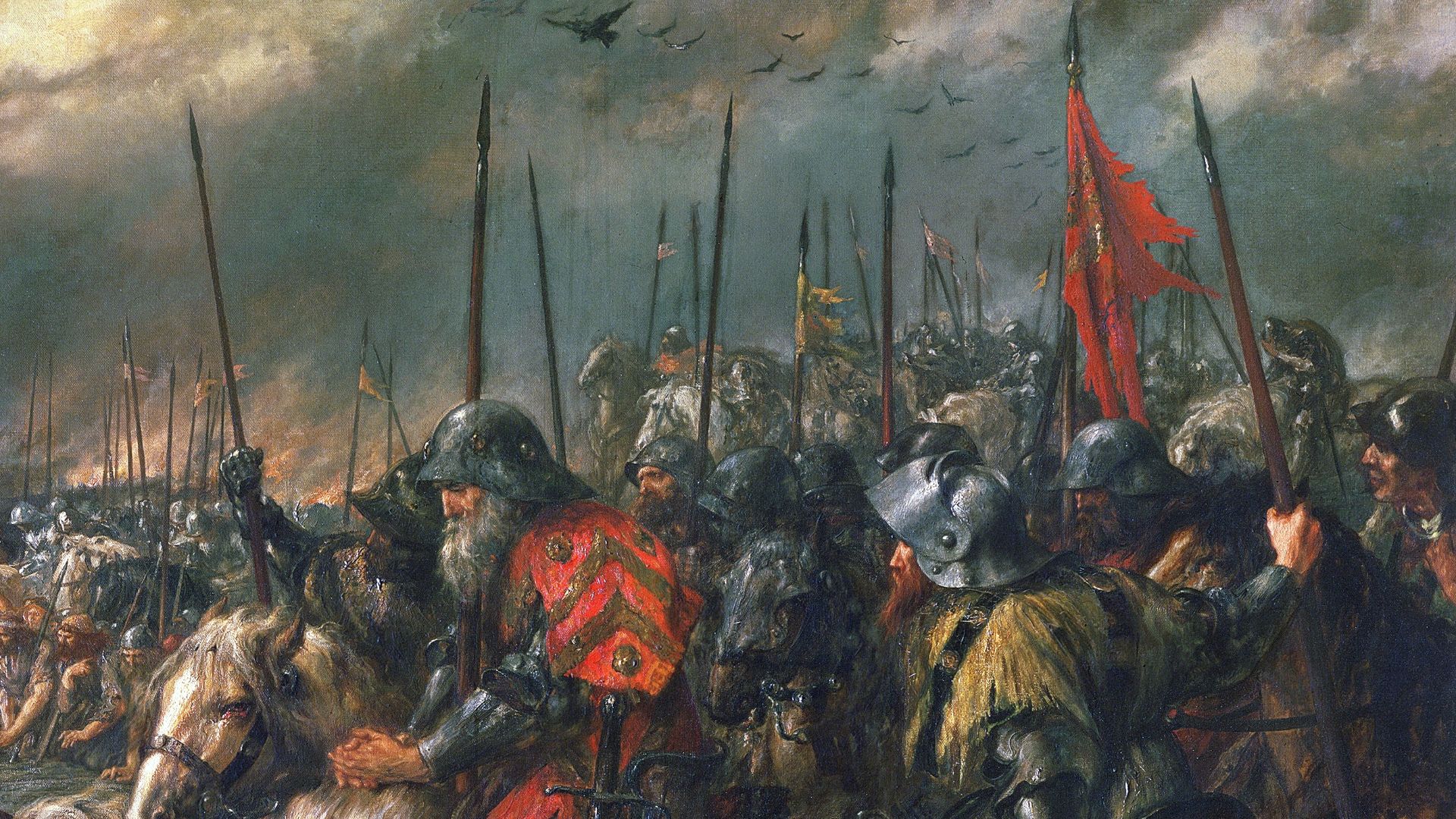 Sir John Gilbert (1817–1897), Wikimedia Commons
Sir John Gilbert (1817–1897), Wikimedia Commons
19. She Delivered
Catherine birthed Henry V’s only son and heir on December 6, 1421 at Windsor Castle. Despite giving their son his father’s name, the boy never met Henry. Still fighting in France, Henry did not return from the battlefield to meet his newborn son. Left on her own in a foreign country, Catherine never saw her husband again.
 Catherine of Valois and King Henry V, Victoria Fuenzalida Pina
Catherine of Valois and King Henry V, Victoria Fuenzalida Pina
20. Her Husband Fought On
The siege of Meaux began a month before Catherine gave birth. Henry became tied up in this battle, perhaps presuming he’d return home to meet his son once it was complete. However, that never happened. He fell sick, some believe of dysentery, following the battle and he succumbed to his illness on August 31, 1422. Henry, the English king, ended his life in France, leaving his French wife to face the wolves in England alone.
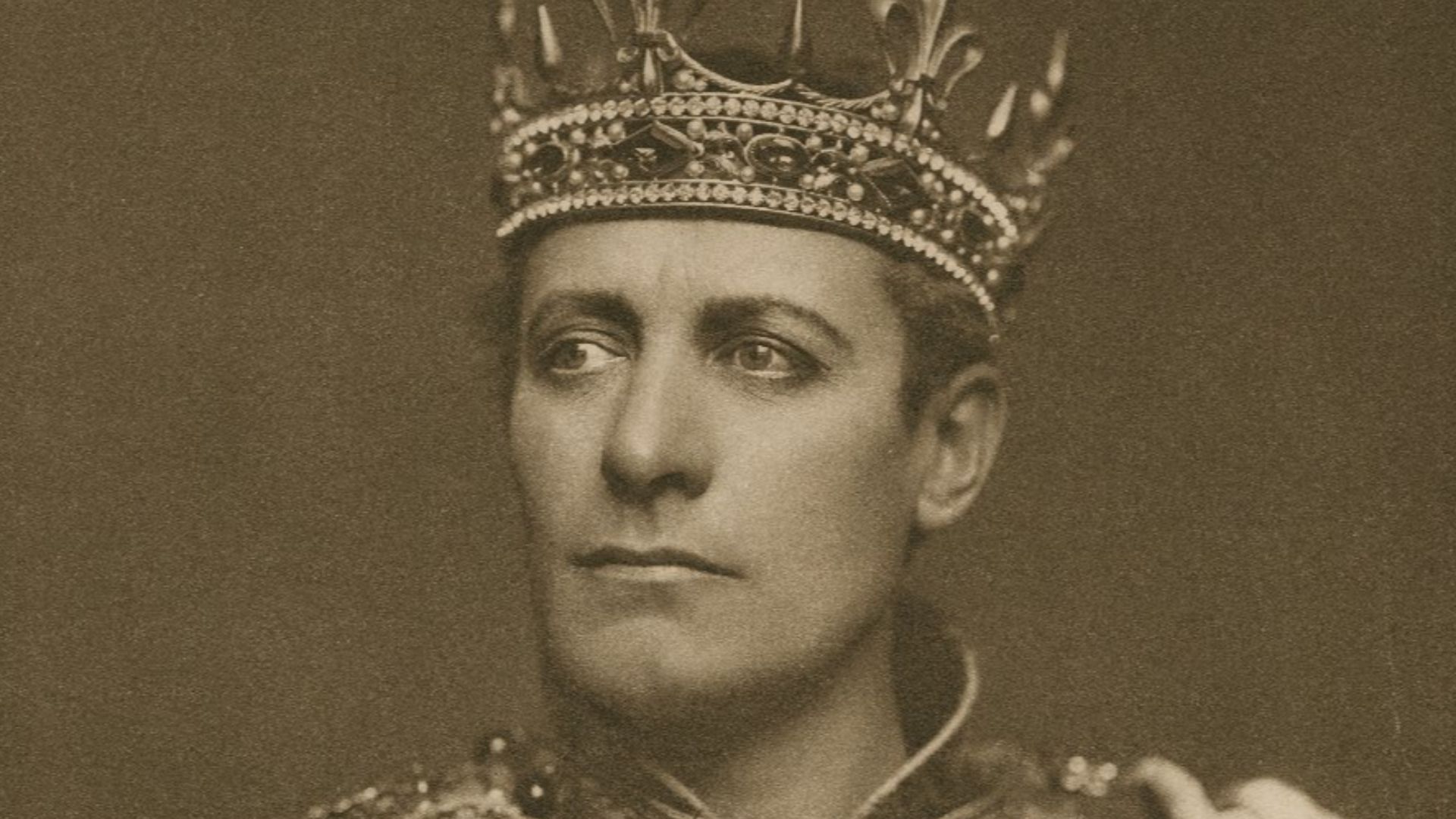 Lizzie Caswall Smith, Wikimedia Commons
Lizzie Caswall Smith, Wikimedia Commons
21. She Had A Unique Position
Despite only being 20 years old, Henry left Catherine widowed. He also left his eight-month-old son to be king. To make matters more complicated, Charles VI of France passed a few months later. Thanks to the Treaty of Troyes, Catherine’s eight-month-old son became not just King of England, but King of Northern France as well. As his mother, Catherine was in a unique position—one that was as fragile as it was powerful.
 Catherine of Valois and King Henry V, Victoria Fuenzalida Pina
Catherine of Valois and King Henry V, Victoria Fuenzalida Pina
22. She Couldn’t Be Trusted
When they crown a king long before he’s reached an age of majority then a regent takes command, an adult to guide and rule in his stead until he can make decisions on his own. Often the boy’s mother becomes a candidate for this role. However, Catherine was French. They could not trust her. Instead, that honor went to Henry’s brother, Humphrey Duke of Gloucester. Catherine’s brother-in-law wasn’t just concerned about controlling his nephew. He needed to control Catherine too.
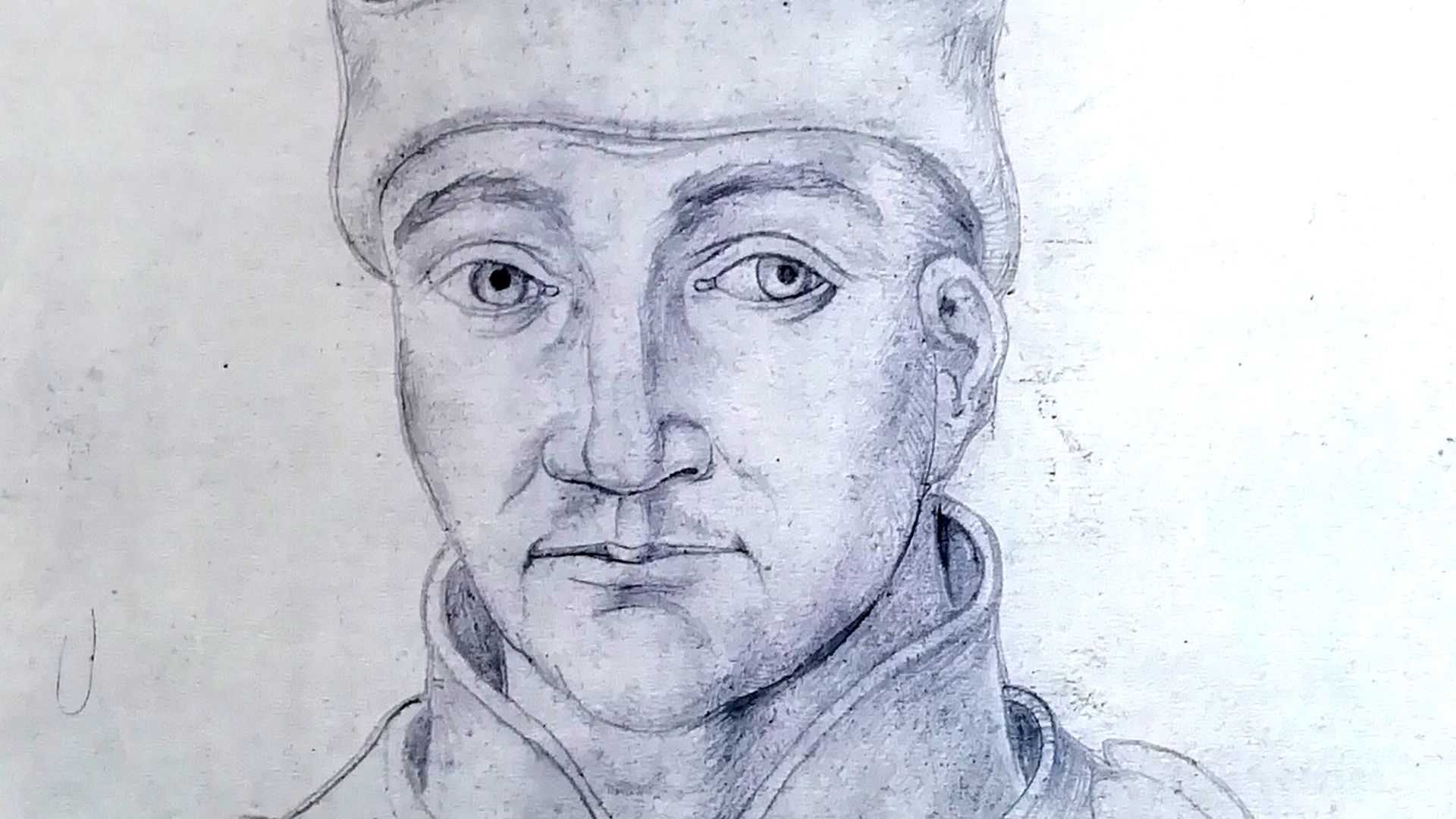 Attributed to Jacques Le Boucq, Wikimedia Commons
Attributed to Jacques Le Boucq, Wikimedia Commons
23. Her In-Laws Controlled Her
At 21 years of age, Catherine remained marriageable. Not only that, as the dowager Queen and the King’s mother, she wielded significant power, a power that would pass on to her next husband and any children that union produced. This concerned Gloucester. He could not exile Catherine nor could he ignore her—but she could be controlled.
24. She Looked For Love Again
Thankfully for the crown, evidence suggests that genuine affection existed between Catherine and Henry, regardless of how brief their marriage was. This, perhaps, aided in a grace period before Catherine began looking for another man to fill the vacancy Henry left in her life. By 1427, however, that period was up and Catherine appeared to be on the market once again—much to Gloucester’s displeasure.
 Catherine of Valois and King Henry V, Victoria Fuenzalida Pina
Catherine of Valois and King Henry V, Victoria Fuenzalida Pina
25. Her In-Laws Hated Her Choice
Few details survive about the potential relationship that Catherine had with Edmund Beaufort, Count of Mortain and Henry’s cousin. However, rumors persist insisting that Catherine intended to marry Edmund. Gloucester did not like or approve of this union. Therefore, he began putting in measures to stop not just this union, but any union that would follow.
26. Her Hands Were Tied
Led by Gloucester, Parliament passed a bill in 1427 that significantly curbed the Queen’s autonomy over her own life. They could not ban Catherine from marrying again. Her power and position granted her safety in that regard; she remained an autonomous woman. However, they could make the allure of marrying her significantly less desirable.
 UniversalImagesGroup, Getty Images
UniversalImagesGroup, Getty Images
27. Her Parliament Controlled Her
The bill that Parliament passed dictated that Catherine, essentially, could not marry without the King’s consent. Technically, Catherine continued to be free to marry whomever she wished whenever she wished. Unfortunately, any future husband of Catherine’s faced a significant pitfall if the King did not like them.
 Timothee Chalamet and Lily-Rose Depp in The King: their scenes in full, Still Watching Netflix
Timothee Chalamet and Lily-Rose Depp in The King: their scenes in full, Still Watching Netflix
28. She Couldn’t Remarry
If Catherine married a man without the consent of the King nothing would happen to Catherine. Her titles and position protected her, though only so far. Her husband, however, would lose everything. Any husband who married Catherine without permission of the King would lose his lands and possessions. Catherine became at the mercy of her son—which posed a significant problem.
 The King - Timothee Chalamet, Robert Pattinson | Final Trailer | Netflix Film, Netflix
The King - Timothee Chalamet, Robert Pattinson | Final Trailer | Netflix Film, Netflix
29. Her Son Dictated Her Future Spouse
The King may have been Catherine’s son. However, that did little to help her. Whether there was fondness between herself and her son mattered little. At the time of the bill’s passing, Henry VI was six years old. Catherine could not marry another man without the consent of her six-year-old son, unless she and her future husband wished to risk losing everything. However, this bill may have backfired and driven Catherine into the arms of the most unsuitable man possible.
30. She Courted Scandal
England and Wales had been at odds since the 1200s when English Kings began to aggressively push into Wales with one motive in mind: conquering the land in the name of England. Although England succeeded at this, Wales refused to sit quietly and accept their fate. Tensions were fraught between the two nations, especially in the 1400s. Therefore, Catherine’s next choice of lover caused scandal far and wide.
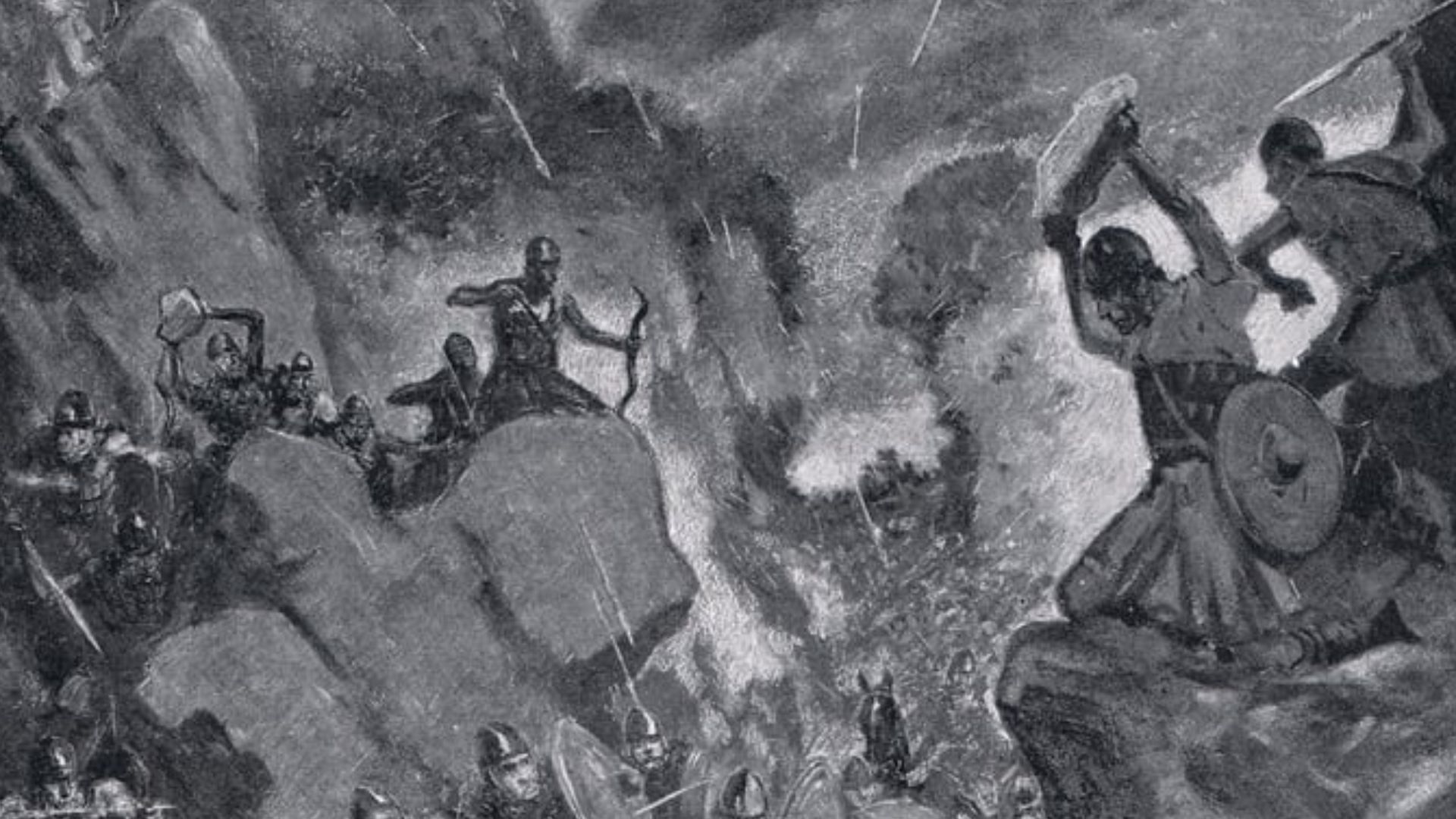 Edward Frank Gillett, Wikimedia Commons
Edward Frank Gillett, Wikimedia Commons
31. She Created A Stir
Owen Maredudd Tudor descended from a powerful Welsh family; even as ties to the old Welsh thrones vanished in favor of the new English ruling class, his family remained with significant influence. Few know much about Owen’s early life; historians suspect this is because his family participated in a significant rebellion against England in the early 1400s. Regardless, this man taking up with their dowager French Queen caused a stir throughout all of England.
32. She Did What She Wanted
Despite his Welsh heritage, Owen managed to secure a significant place within the royal household, commanding respect as a courtier. Around the time of Henry’s passing, Owen was present in France serving Henry’s steward, Sir Walter Hungerford. Many believe that from this position Owen moved to Catherine’s household in some role. That’s when spicy things started to happen between Owen and the young widowed Queen.
33. She Had Fun
Although Catherine could not marry without the King’s consent, she could certainly have her fun. No laws were stopping her from enjoying herself and enjoying herself is exactly what Catherine did. Catherine lived at Windsor Castle with her son for some time; it is here that she and Owen conceived her second son. At least, that is the ruling theory; some historians have their doubts.
 user:Merchbow, Wikimedia Commons
user:Merchbow, Wikimedia Commons
34. She Delivered Again
Edmund Tudor came into the world around 1430. Although likely conceived at Windsor, Catherine had moved away from court by the time that she birthed him. Catherine presented Edmund as Owen Tudor’s son and this was likely the case. However, one historian proposes that Edmund Beaufort, not Owen Tudor was Edmund’s father. The coincidence of the chosen name likely in part influences this. However, there’s also the matter of Catherine’s “marriage” to Owen Tudor.
 Unknown, work is over 450 years old, Wikimedia Commons
Unknown, work is over 450 years old, Wikimedia Commons
35. She Married Again—Or Did She?
History accepts that Catherine and Owen Tudor married. However, there is no record as to when this marriage happened. Many presume it must have happened around 1429 or 1430 as Catherine left her son’s household at this time. While historians assume this, they have no proof. It seems strange that such a significant marriage, between such a contentious couple has no record at all…
36. Her Marriage Was Impossible
Owen and Catherine’s marriage is one of history's many strange anomalies. No one can find any record of it. It should have been impossible: why object to a relationship between an Englishman so openly and yet consent to a union with a Welshman only a handful of years later? Yet, despite this, no evidence exists that anyone ever questioned the validity of the union, at the time or throughout history. As such, Catherine’s second marriage changed the face of England forever.
37. She Birthed England’s Future
The number of children that Owen and Catherine bore is a matter of some confusion. Historians rarely dispute the existence of their eldest sons, Edmund (who at least one historian equates to Beaufort instead) and Jasper. After that, stories become harder to follow. They seem to have had at least two other children, another son and a daughter. Yet some sources credit them with up to six children. Regardless of numbers, without these children England would look very different today.
38. Her Children Changed Fate
Catherine and Owen’s eldest son, Edmund married Lady Margaret Beaufort (second cousin to the monarchy) and had one son: Henry. Henry became Henry VII of England during the War of the Roses, starting the famed Tudor line of monarchs. Without Catherine and Owen, Henry VIII and all that followed never would have happened. It is also this dynasty that sheds some light on the mystery of Catherine and Owen’s marriage.
39. Her Marriage Needed To Be Valid
Perhaps Catherine and Owen married and perhaps they did not. Without the discovery of an irrefutable document attesting to such, we’ll likely never know. However, the validity of Catherine and Owen’s union became essential in claiming the validity of the Tudor’s right to the throne. One possibility for why their marriage has no records yet has never been disputed is that contemporary Tudor historians buried it, making it unquestionably valid in their campaign to justify their descendants' claims to the throne. This didn’t mean that they didn’t see consequences for daring to marry.
40. She Didn’t See It
While Catherine’s children went on to change England, Catherine did not live to see it. Catherine passed in early January 1437 at the age of 35. The official cause of this passing is childbirth as she reportedly perished a few days after giving birth in London, perhaps to one of the mystery six children. However, there is doubt about the legitimacy of that cause.
41. Her Passing Is Disputed
Some records disagree with the statement that Catherine perished through childbirth. Instead, they state that Catherine entered Bermondsey Abbey shortly before passing; in these sources, they theorize that Catherine went looking for a cure to an illness she’d long suffered. If that was the cause, she never found it. Catherine passed a few days later and the family she built quickly faced the consequences her status previously protected them from.
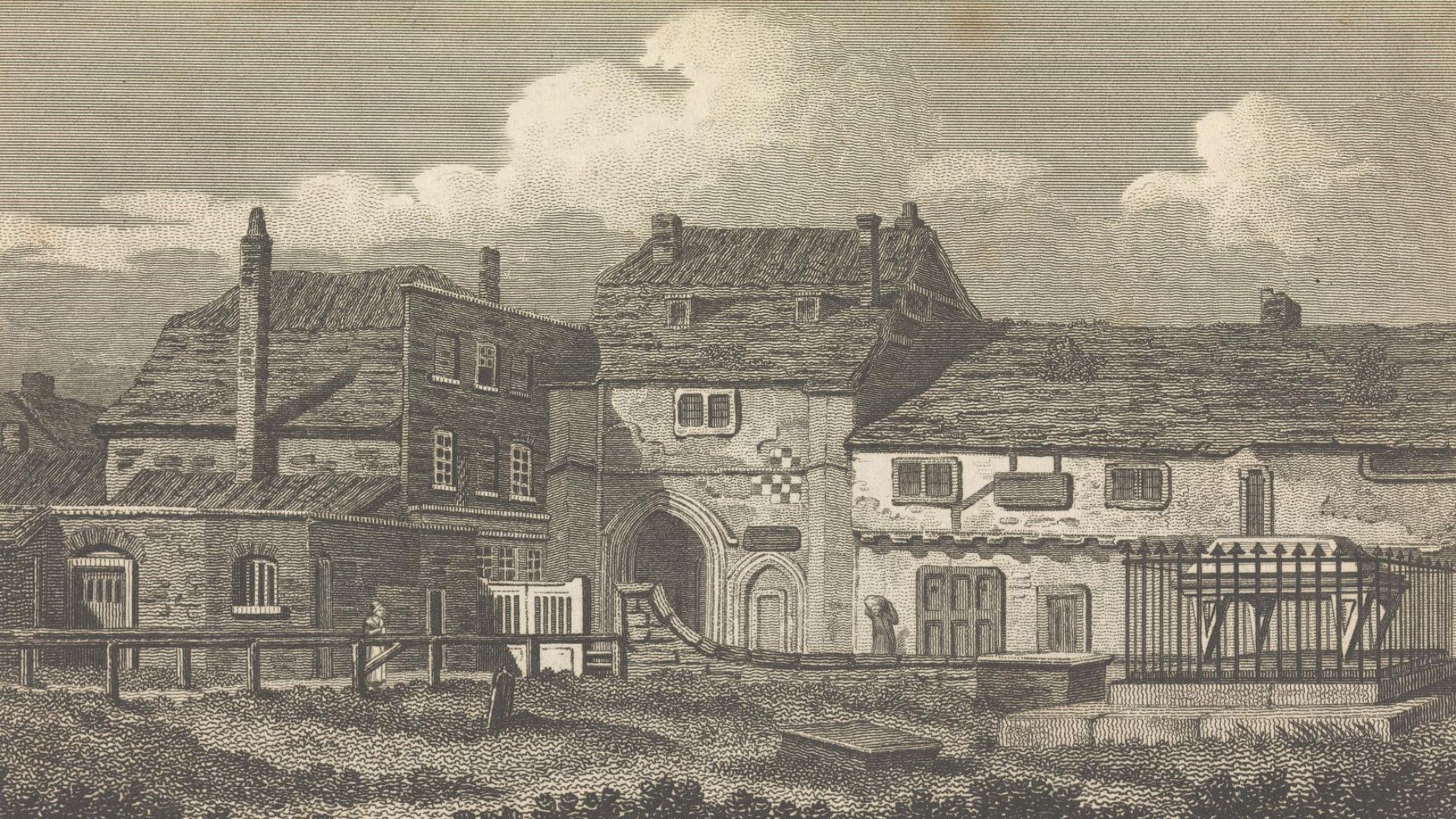 Alfred William Warren, Wikimedia Commons
Alfred William Warren, Wikimedia Commons
42. Her Family Needed Her Protection
While no one questioned the validity of Catherine’s marriage during her life, that did not mean that they were happy about the union. As soon as Catherine was gone, those who opposed her and Owen immediately stepped in, demanding that someone pay for the act that they had committed long ago. With Catherine gone, only Owen and the children could take that fall.
43. Her Husband Suffered
They arrested Owen for breaking the law around Catherine remarrying. After appearing before the Council, they found him guilty and took him to Newgate prison. Left without a father or a mother, their two eldest sons ended up with Katherine de la Pole, Abbess of Barking. Eventually, their half-brother, the King would involve himself in their upbringing even as the matter of their father remained undetermined.
 Merchbow~commonswiki, Wikimedia Commons
Merchbow~commonswiki, Wikimedia Commons
44. Her Husband Fought Back
As a Welshman, Owen didn’t suffer injustice quietly. He attempted to escape from Newgate in 1438; he ended up at Windsor Castle in July 1938 before being released on bail. It only cost 2000 pounds for his freedom. This step price remained in place for less than a year; by 1440 authorities annulled the bail. Owen spent the rest of his life a respected part of the King’s household until civil conflict took his life. His story ended with his life; however, Catherine’s had a strange and tragic ending—even beyond her demise.
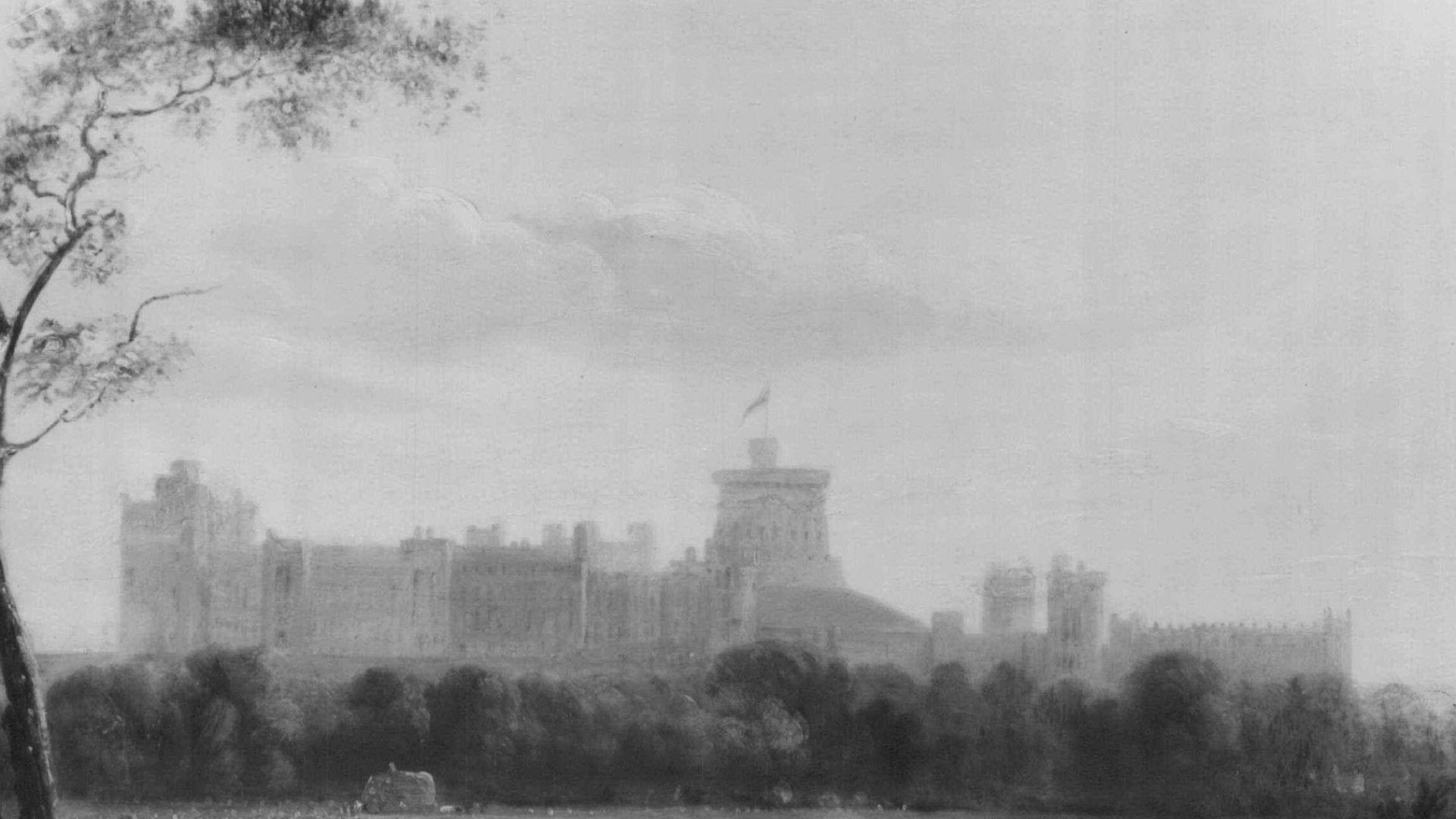 Edmund Bristow, Wikimedia Commons
Edmund Bristow, Wikimedia Commons
45. She Was Neglected
Being wife and queen to one king, husband to another, and grandmother to yet another king after that should have earned Catherine great respect even in the afterlife. Unfortunately, for Catherine, respect remained out of her reach for hundreds of years; circumstances forced her remains to endure indignity after indignity until another woman came to save her.
46. Her Grandson Started It
They laid Catherine to rest in the Lady Chapel of Westminster Abbey. As she remarried, she lost her right to lay beside her first husband, King Henry V. Catherine remained in this resting place until her grandson, Henry VII won the throne. Henry VII had great plans for Westminster Abbey; as part of this, he ordered the destruction of the Lady Chapel in order to make a new one. Catherine’s troubles started from here.
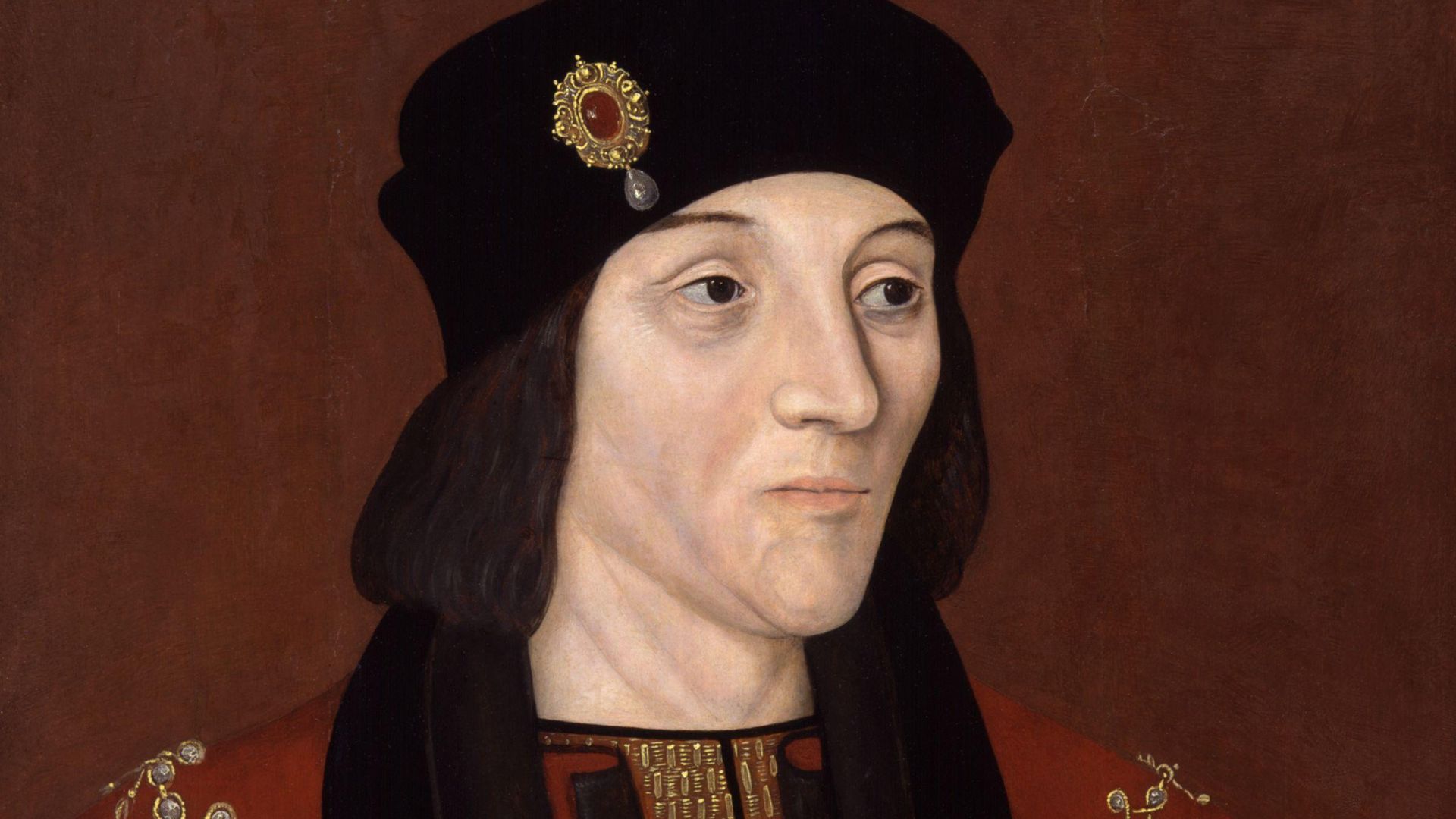 Unknown authorUnknown author, Wikimedia Commons
Unknown authorUnknown author, Wikimedia Commons
47. Her Remains Were Abandoned
In order to renovate the chapel, they needed to move those interned there, including Catherine. They moved Catherine to a temporary location—and forgotten about her. Some sources suggest Henry VII destroyed his grandmother’s remains on purpose, looking to sever ties with her and any rumors of an illegitimate rule. Others, simply state that he and everyone else forgot about her. Regardless of the reason, the results were the same and tragic as ever.
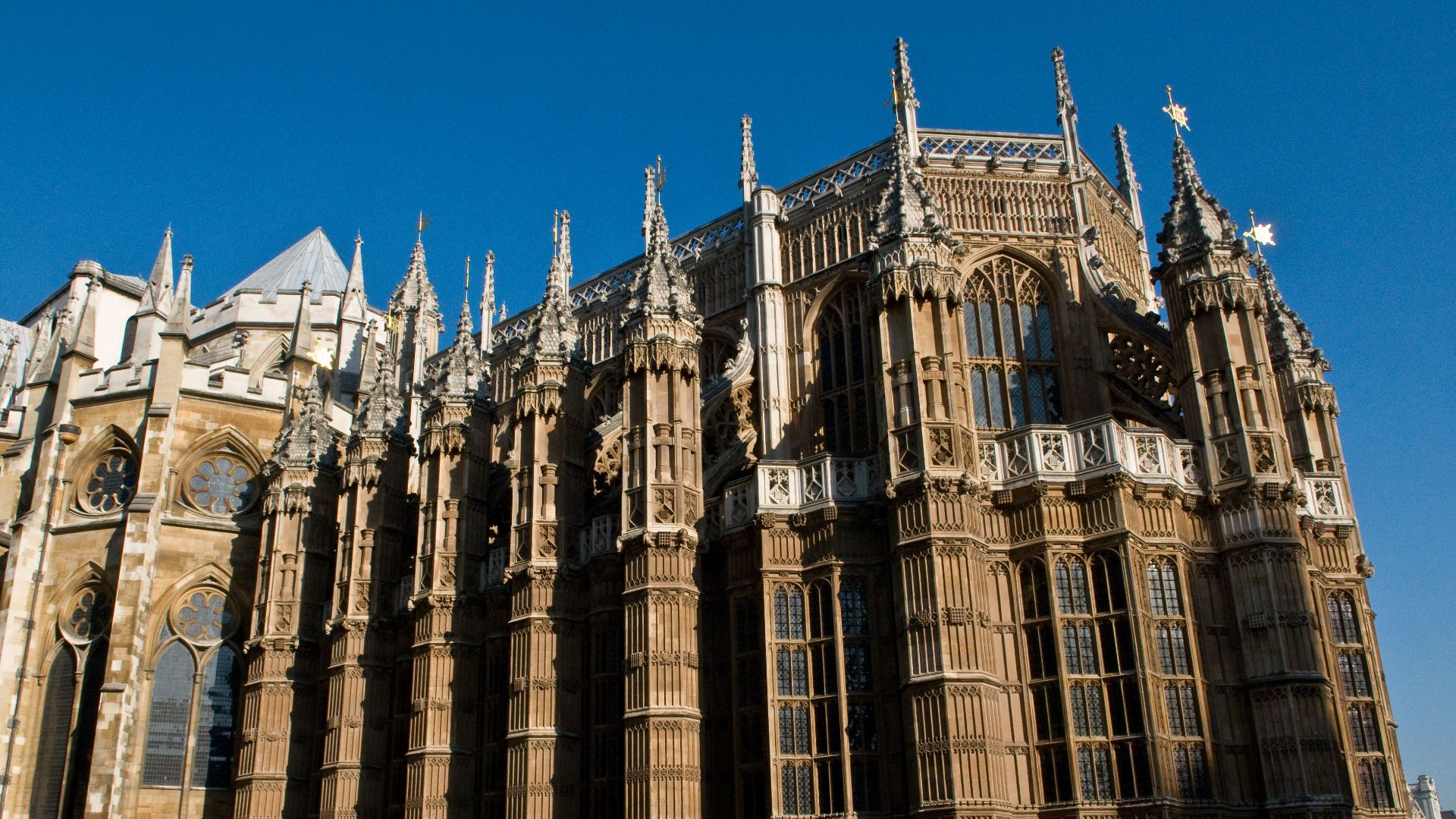 Josh Hallett from Winter Haven, FL, USA, Wikimedia Commons
Josh Hallett from Winter Haven, FL, USA, Wikimedia Commons
48. She Was Exposed
Catherine’s tomb had deteriorated greatly. Around the early 1500s, they moved her near the great tomb of her first husband—and in the process, the lid broke open, revealing her remains within. No one closed the tomb. Instead, they left Catherine there, shabby, forgotten, and exposed next to her glorious husband. This was brutal enough—but further shame would come down for Catherine.
49. Her Remains Suffered
Ruler after ruler left Catherine exposed to anyone who walked by. Her remains became a tourist attraction with people coming to gawk at her; famed diarist Samuel Pepys dared to take a kiss from the long-gone Queen. Years later, school boys mauled the exposed body, damaging and even removing parts of the remains. It seemed no one would look out for this forgotten Queen.
50. She Deserved More Respect
A small reprieve came for Catherine in 1778 when they moved her remains to a private location. This protected her, yet she remained forgotten. It was not until 1877 and the reign of Queen Victoria that they finally laid Catherine to rest next to her first husband with the honor that she deserved. Despite suffering years of indignity, England owes much to Catherine. Without her, it would not be the place that it was today.
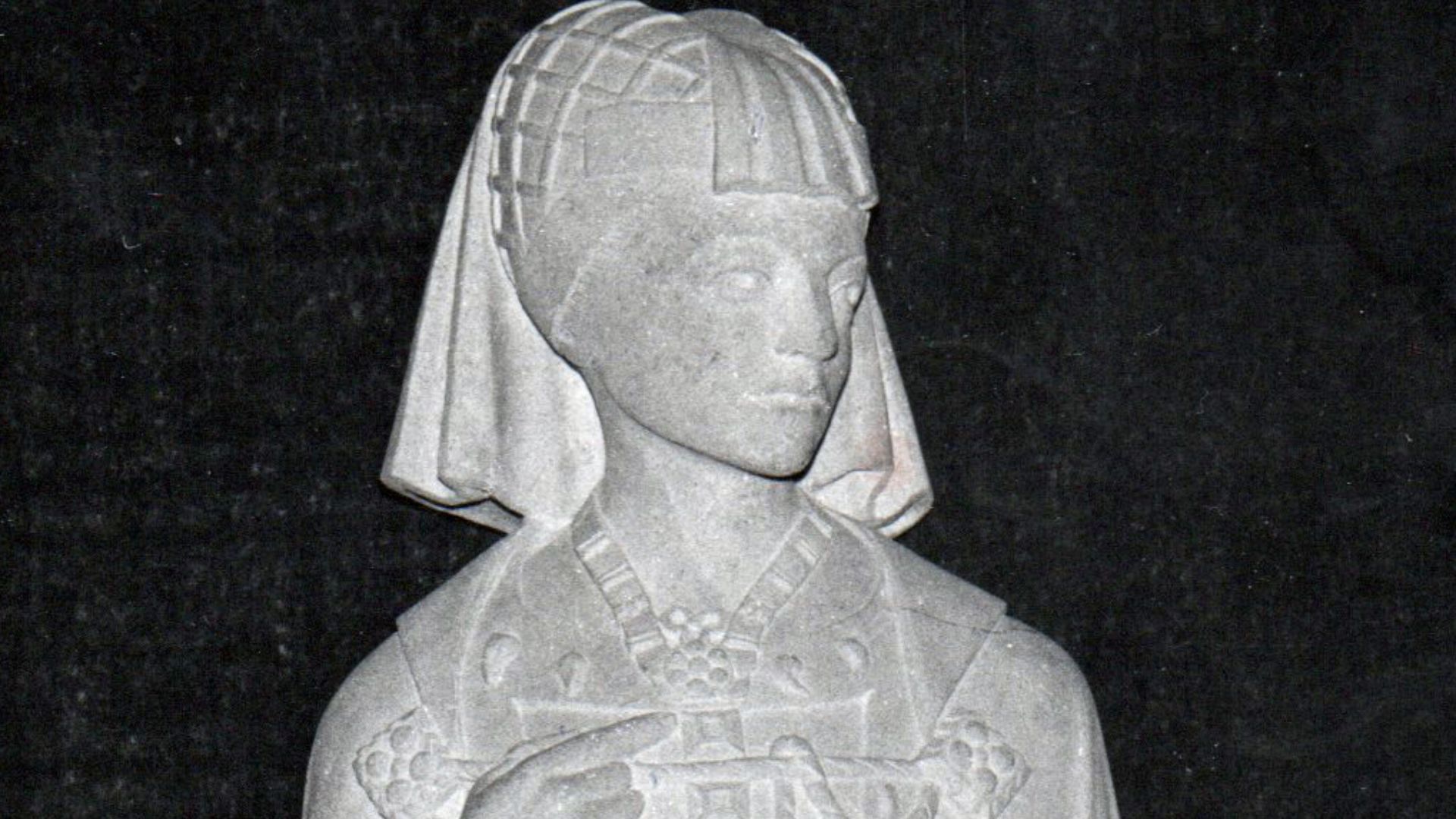 Sjukmidlands, Wikimedia Commons
Sjukmidlands, Wikimedia Commons

